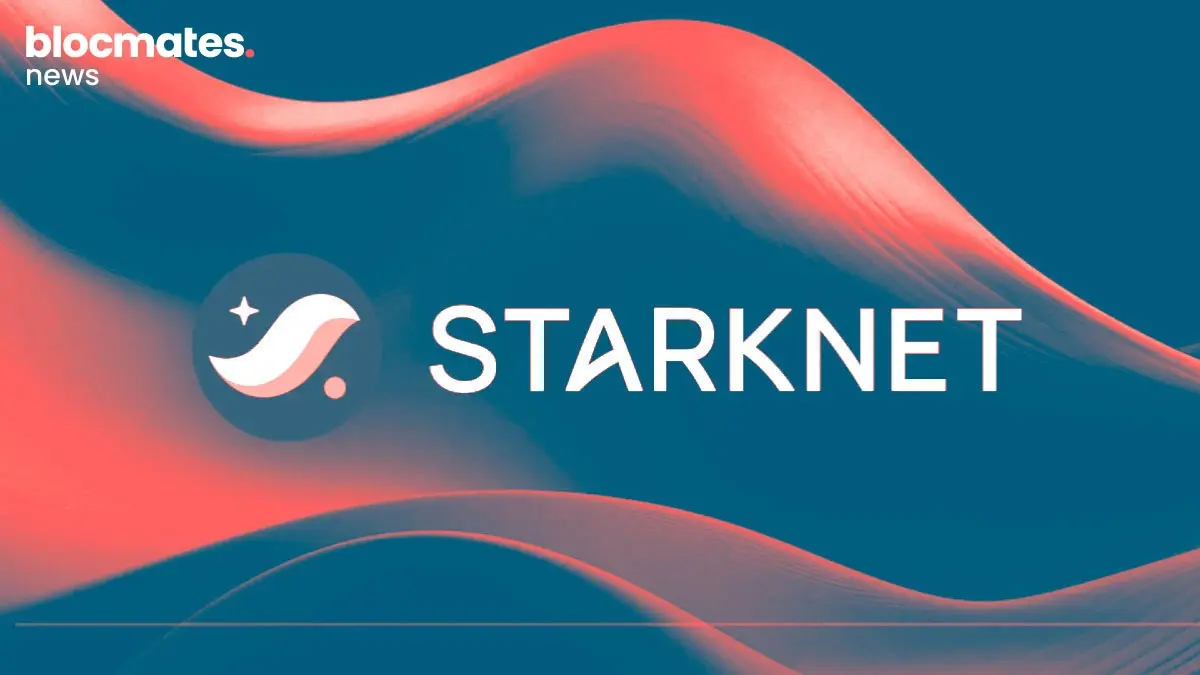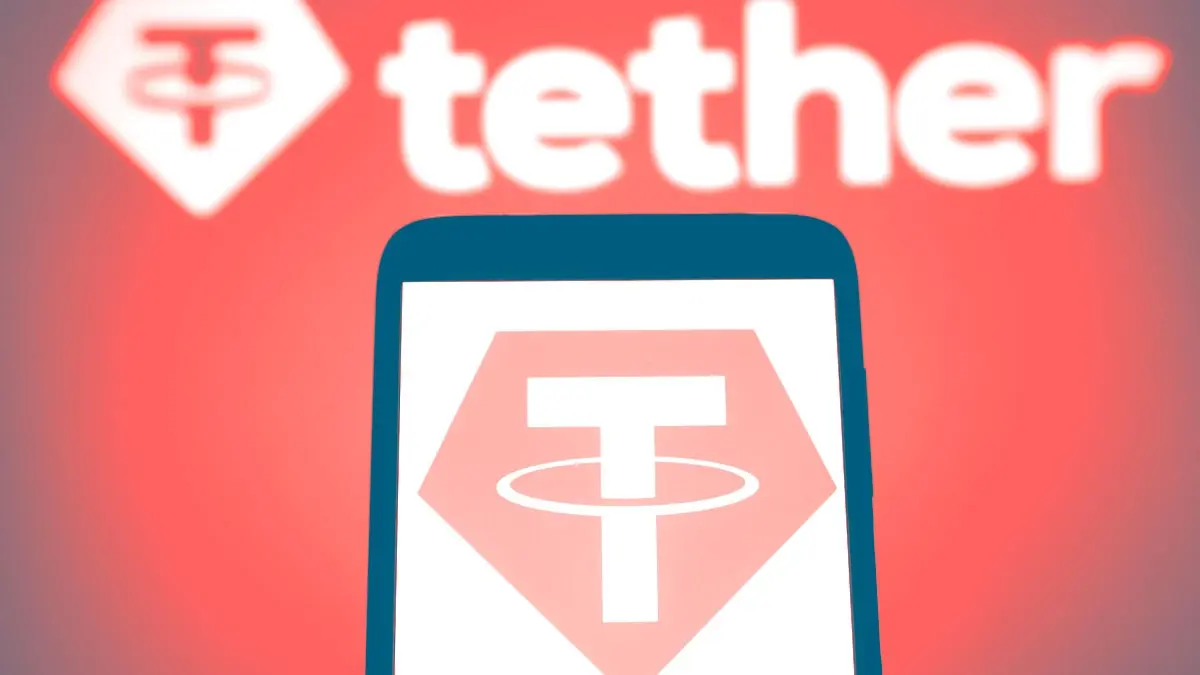Following the aftermath of bankruptcy and collapses seen by the crypto industry in 2022, the new ‘cycle’ showed signs of commencing in the early days of September 2023. At the time, BTC was at $25k. Two years on, BTC has increased by 385%, reaching as high as $124k.
It’s fair to say that the past two years have very much been the ‘BTC cycle.’
Barring brief stints of ‘AI coins’ and ‘memecoin mania,’ Bitcoin dominance has pretty much been up only since 2023.

Despite all the new coins and chains launched, the altcoin market's performance compared to BTC has been poor.
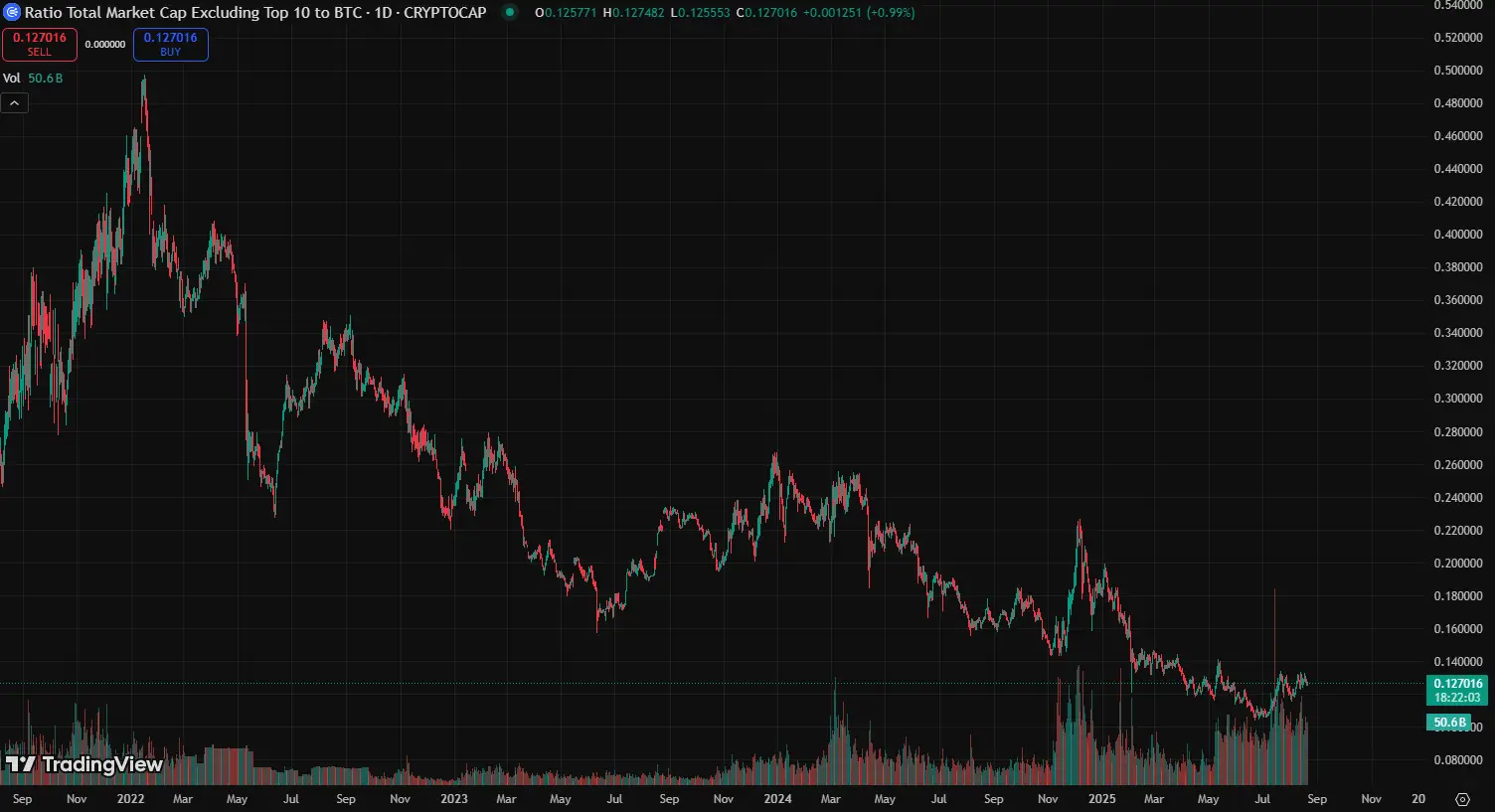
Even if you compare BTC to its so-called “closest competitor,” the outperformance has been immense.
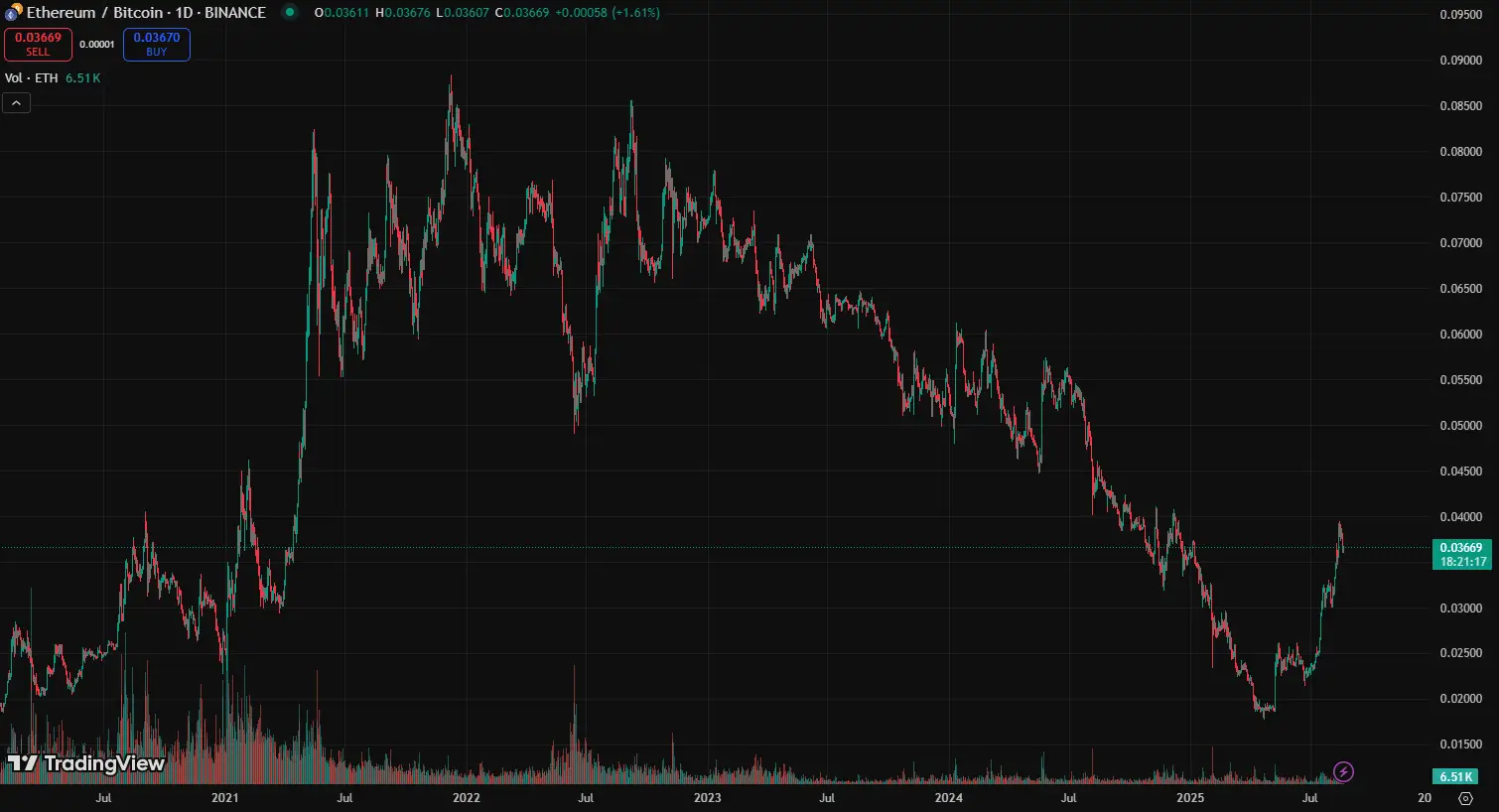
The point is that BTC still remains king and is showing no signs of giving up that throne.
As everyone learns the importance of the old adage “keep stacking BTC,” a new question arises.
How does one grow their BTC holdings without having to trade their BTC?
Well, look no further than YieldBasis.
The problem
Before diving into how YieldBasis works, let’s first understand the current problems around which the concept was born.
Here’s the scenario: everyone wants to hold onto their BTC while having a way to grow their BTC wealth. These are the current options:
- Trade: There are no guarantees in trading, whether on a CEX or DEX. It is not sustainable and has a high chance of total loss of funds.
- Collateral for borrowing: While the yield might be healthy and sustainable, there is always a chance of liquidation with the additional smart contract risk of using the protocol.
- CEX Yield: While CEXes offer juicy yields on BTC, holders are generally not comfortable trusting a centralized custodian with their assets.
- Providing liquidity on a DEX: Many onchain pools offer high yield on BTC, but impermanent loss is a major issue. Most of the time, simply holding spot BTC is the more profitable option.
What the market’s looking for is a non-custodial solution that allows a user to hold on to their spot BTC while earning a high and sustainable yield to grow their BTC stack. A solution that can awaken the sleeping Bitcoin.
YieldBasis is the protocol to awaken the sleeping Bitcoin.
What is YieldBasis?
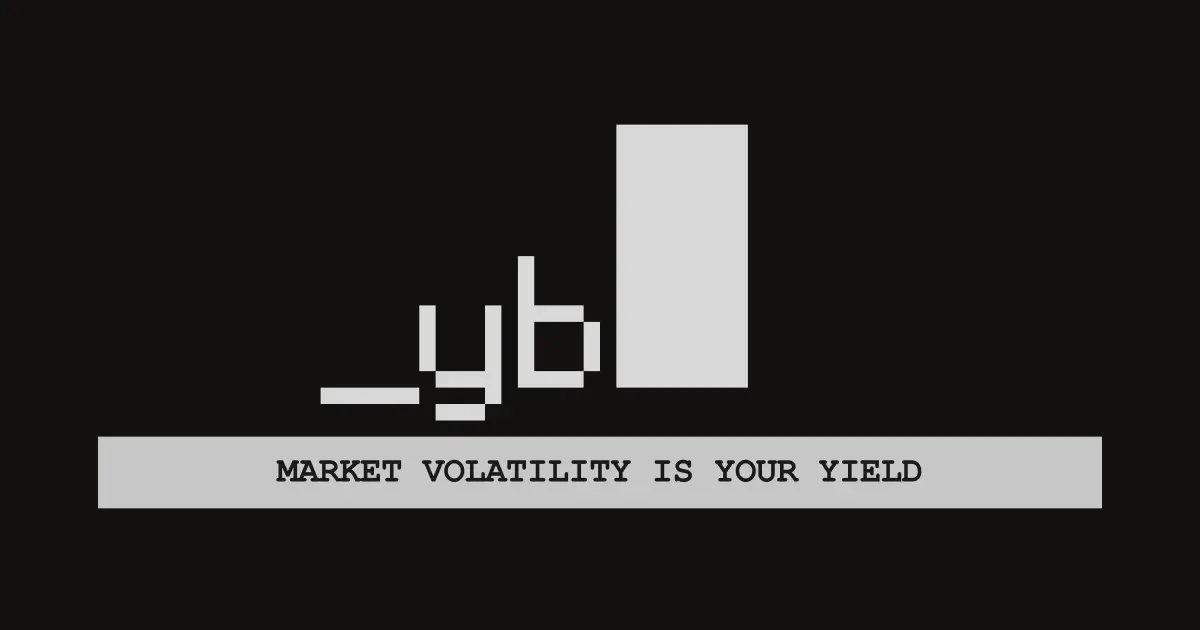
YieldBasis is a DeFi protocol that utilizes a novel automated market maker (AMM) to offer a 9%- 60% yield on BTC without the risk of impermanent loss. Its goal is to unlock onchain BTC liquidity by making it a more productive asset.
With traditional AMMs, it almost always makes more sense to hold spot BTC rather than use it to provide liquidity because users depend on very high incentives to mitigate impermanent loss.
Let me give you an example.
In a traditional AMM utilizing the x*y=k liquidity pool model, your position is continually rebalanced to maintain the 50/50 ratio as price changes.
- Suppose you have 1 BTC ($100k) and use it to provide liquidity. Because of the 50/50 ratio requirement, you would also have to provide $100k USDC.
- So your current LP position is 1 BTC + $100k.
- Imagine BTC price doubles to $200k.
- The AMM automatically rebalances your position to maintain the ratios, and you will end up with something like 0.71 BTC + $141k = $283k.
- If you simply held your 1 BTC and the initial $100k you put in, you would’ve had $300k. That’s a 5.7% loss caused by impermanent loss.
The YieldBasis solution is an AMM with a leveraged liquidity model. It works like this:
- Deposit 1 BTC ($100k) on YieldBasis.
- The protocol will borrow 100,000 crvUSD against the 1 BTC.
- The 1 BTC and 100,000 crvUSD will be deposited in Curve's BTC/crvUSD pool at a 50/50 ratio.
- This mints a $200k leverage LP position.
- The $200k LP token backs the 100,000 crvUSD debt at a 2:1 collateral-to-debt ratio.
- This effectively creates a compounding leverage position for the user.
- As the BTC price moves, the protocol automatically rebalances the position so that debt is always 50% of the LP position's value. This ensures that the LP position effectively tracks the spot price of BTC.
This is just the protocol’s basic structure. The rebalancing mechanism has a lot more nuance.
YieldBasis uses a rebalancing AMM and a virtual pool to create a leveraged liquidity system in which the debt is always half the value of the LP position. Thus, the position consistently has 2x compounding leverage.
So, what happens if the BTC price goes up?
Here’s the initial state:
- 1 BTC ($100k) deposit and 100k crvUSD borrowed
- LP position: 1 BTC + 100k crvUSD
- LP position value: $200k
- Debt value: $100k (50% of LP)
Now imagine BTC pumps by 10% bringing the price of 1 BTC to $110k. This is the new state:
- 1 BTC ($110k) + 100k crvUSD
- LP position value = $210k
- The pool value is no longer 50/50 balanced
- New ratio becomes 52.38% ($110k BTC) + 47.62% (100k crvUSD)
The position needs to be rebalanced to increase the debt and bring it back to 50/50.
This is where the rebalancing AMM and the virtual pool, a flashloan facility that arbitrageurs can use to borrow crvUSD and pay back the loan within the same transaction, come into play.
The target is to bring the LP position to a value of $220k.
- The arbitrageur adds 0.0476 BTC (worth $5,238 at $110k) to the virtual pool.
- The abritrageur then borrows 4,762 crvUSD from the virtual pool (47.62% alignment)
- 0.0476BTC + 4,762 crvUSD creates a new LP position (worth $9,524)
- LP token added as collateral to rebalancing AMM
- Protocol borrows 10,070 crvUSD to increase debt to 110,070 crvUSD
- Arbitrageur receives 10,070 crvUSD and pays back 4,762 crvUSD flashloan.
- Arbitrageur net profit = 5,308 crvUSD
The result is this:
- LP position: 1.0476 BTC + 104,762 crvUSD
- LP value: $220k
- Final debt: $110,070 (50.03%)
If BTC’s price goes down, we have the reverse scenario. So, let’s imagine that the price drops by 10% to $90,000.
The new position would be:
- 1 BTC ($90k) + 100,000 crvUSD
- LP value: $190k
- New debt value: 52.63%
The targets are:
- LP position value: $190k → $180k
- Debt value: 52.63% → 50%
The process from here looks like this:
- The arbitrageur puts 10,000 crvUSD into the virtual pool
- The releverage AMM takes LP tokens worth $10,070 (roughly 0.053 BTC + 5,300 crvUSD)
- This amount is burned from the LP position to reduce its value
- The system swaps 5,300 crvUSD to adjust pool composition
- The 10,000 crvUSD put in by the arbitrageur is used to repay part of the protocol's debt
- The arbitrageur receives 0.112 BTC (worth $10k) as profit from rebalancing
After this process, the final composition after the BTC price goes down looks like this:
- LP position: 0.947 BTC + 94,700crvUSD
- Final value: $179,930
- Debt value: $90,000 (50.02%)
While all of this may seem a bit complicated at first glance, you, as a user, do not need to worry. It is automated and handled in the background, while creating an avenue for entrepreneurs to profit.
What matters for the end user is that YieldBasis has created a simple system where users can simply deposit BTC, earn yield through trading fees, and be sure that their position tracks the spot price of BTC through compounding leverage to mitigate impermanent loss.
But this is not all.
There’s another dynamic to YieldBasis that takes things just another step forward. That’s to do with the YB token.
The YB token
YB is YieldBasis's native governance token, and it plays a crucial role in attracting liquidity to YieldBasis.
The YB token introduces a novel concept of value-protecting emissions.
Traditionally, protocols gave out their governance tokens as incentives to attract liquidity. The result was people relentlessly dumping the token to $0, and the project ultimately died a slow death.
YieldBasis says no more free liquidity mining.
Every liquidity provider on YieldBasis has a choice to make:
- Receive a proportional share of trading fees, i.e., BTC yield
- Forgo trading fees to receive YB tokens from emissions
So what does this do?
This effectively assigns an intrinsic value to every YB token earned from emissions because obtaining every single YB token involves an indirect cost.
Suppose you deposit 1 BTC at 15% APR. After one week, your BTC yield would be 0.00288 BTC. If you choose option 2, you are effectively forgoing this yield for a certain amount of YB token emissions.
So, the price of “mining” the YB you received for the week from emissions is 0.00288 BTC.
Now there’s a very obvious issue here. Why the hell would I give up my BTC yield for the YB token? What makes the YB token better than simply stacking BTC?
Well, there are two aspects to it:
- Governance
- Locking YB for veYB
In terms of governance, users are required to have YB tokens if they want to influence reward allocations to different pools and participate in important DAO decisions.
However, the bigger impact will be seen through the vote-escrow model.
Users can lock their YB tokens for a specific time period to receive veYB. The longer you lock, the more veYB you receive.
The benefit of holding veYB is that holders receive a proportional share of the BTC-denominated fees generated by the protocol. So you can technically still stack BTC, but through the protocol fee share.
The way it works is that the more people who opt for the veYB route, the more YB will have to be mined to get veYB. This means a larger portion of the BTC yield will be allocated to veYB holders.
This creates a positive feedback loop where more people are incentivized to stake. More staking increases fees and, therefore, keeps increasing the yield allocated to veYB holders. This, in turn, will attract more BTC liquidity, which will increase trading volume, thereby increasing fees and ultimately increasing yield.
These tokenomics not only attach an intrinsic value to YB tokens but also make YieldBasis a blackhole for BTC liquidity.
Pretty neat if you ask me.
The importance of YieldBasis
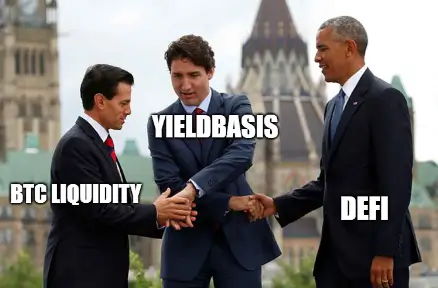
The most important thing YieldBasis has done is fix impermanent loss. This will make providing liquidity compelling again, and it’s often underestimated just how vital increasing LP participation is.
Liquidity increases, volume increases, prices are better, and the entire DeFi economy is better for it.
But if we take a more granular look, there are two main reasons why YieldBasis matters.
BTC liquidity onchain:
Everyone already knows that the vast majority of BTC liquidity, whether onchain or offchain, remains idle.
In the onchain world, it’s very obvious as to why BTC liquidity has yet to be unlocked. Nobody has had the reason to allocate their BTC to different protocols and pools because simply holding BTC will outperform them, not to mention the additional risks that come with smart contract protocols.
With YieldBasis mitigating impermanent loss, it now becomes a no-brainer for BTC liquidity to come onchain.
You are effectively holding an asset that tracks the spot price of BTC while earning an additional yield on top of that. It’s an offer that’s too good to refuse.
This will ultimately create a flywheel that makes YieldBasis a liquidity blackhole.
- More BTC enters liquidity pools
- More liquidity means more volume and tighter spreads
- This results in better pricing, which will attract even more well-capitalized participants
- This further increases volume, which means even more fees as yield
- Higher fees and higher yield will attract even more BTC liquidity
- The cycle keeps repeating
Ultimately, the entire DeFi economy is better for it because BTC liquidity has finally been unlocked onchain, allowing for a bunch of new primitives to be built on top.
Benefiting Curve and additional protocols:
As mentioned earlier, YieldBasis is closely tied to Curve Finance. It utilizes the Curve stablecoin and routes transactions through Curve pools.
So, every rebalancing event that takes place on YieldBasis generates a guaranteed swap in the Curve pool. This means that as YieldBasis’ TVL increases, the swap volume on Curve will increase with it.
In addition to this, crvUSD plays a significant role in the protocol. It almost ties itself to onchain BTC liquidity in a way.
So as BTC liquidity scales and the YieldBasis’ TVL increases, the utilization of crvUSD will increase with it, thereby strengthening the stablecoin pools and increasing crvUSD’s liquidity to enhance stability.
The knock-on benefits of this come from the fact that Curve is a very important DeFi protocol that acts as a baseplate for other DeFi protocols.
So, benefiting Curve and making it more resilient and liquid will benefit:
- CRV/veCRV holders from the increased fees generated by the protocol
- Protocols that rely on Curve’s liquidity pools will benefit from increased liquidity
- crvUSD as a more resilient crvUSD means more protocols can integrate it into their functionalities, and more individuals can be confident holding it in their wallets
Concluding thoughts
YieldBasis delivers everything that the DeFi world has been waiting for.
A product that is simple, elegant, easy-to-use, actually innovative, and increases onchain liquidity in a way that can benefit multiple different stakeholders in the world of DeFi.
DeFi for BTC has always been a topic of conversation, but has rarely gone further than that. Most protocols have fallen short of the mark. But, with YieldBasis, we might finally have the answer to truly transcend BTC to the next level.
In addition, YieldBasis has a world-class team behind it, led by Michael Egorov, the co-founder of Curve.
YieldBasis is expected to launch the full product very soon, so if I were a BTC holder, I’d hold on to my stack tightly and be really excited about the future. Simply deposit, kick your feet back, and enjoy the gains.




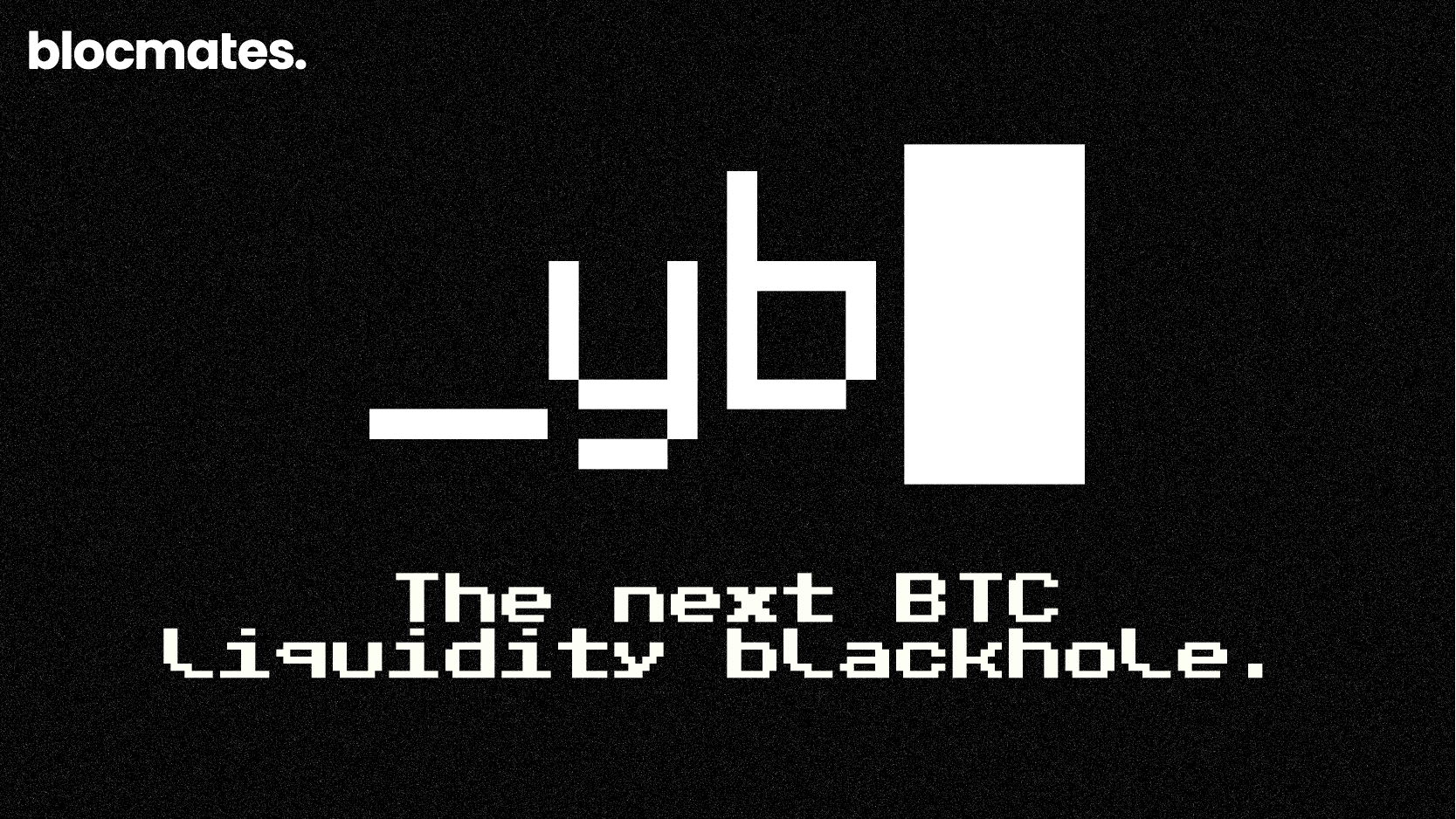

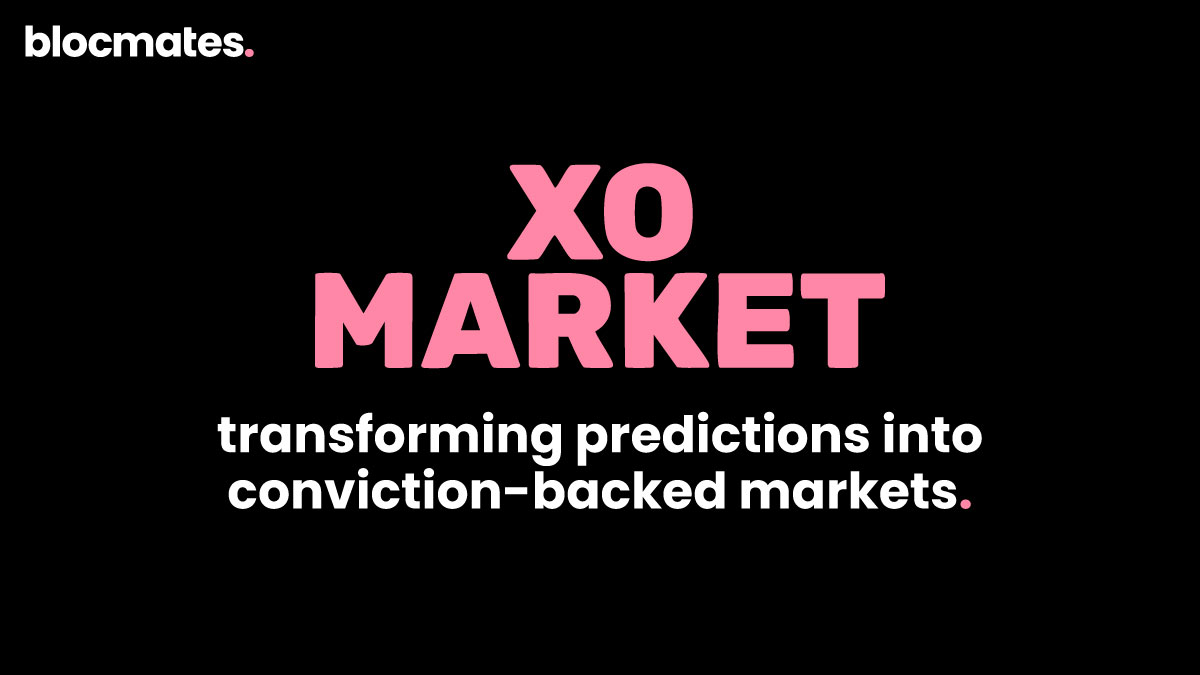
.webp)



.webp)
.webp)
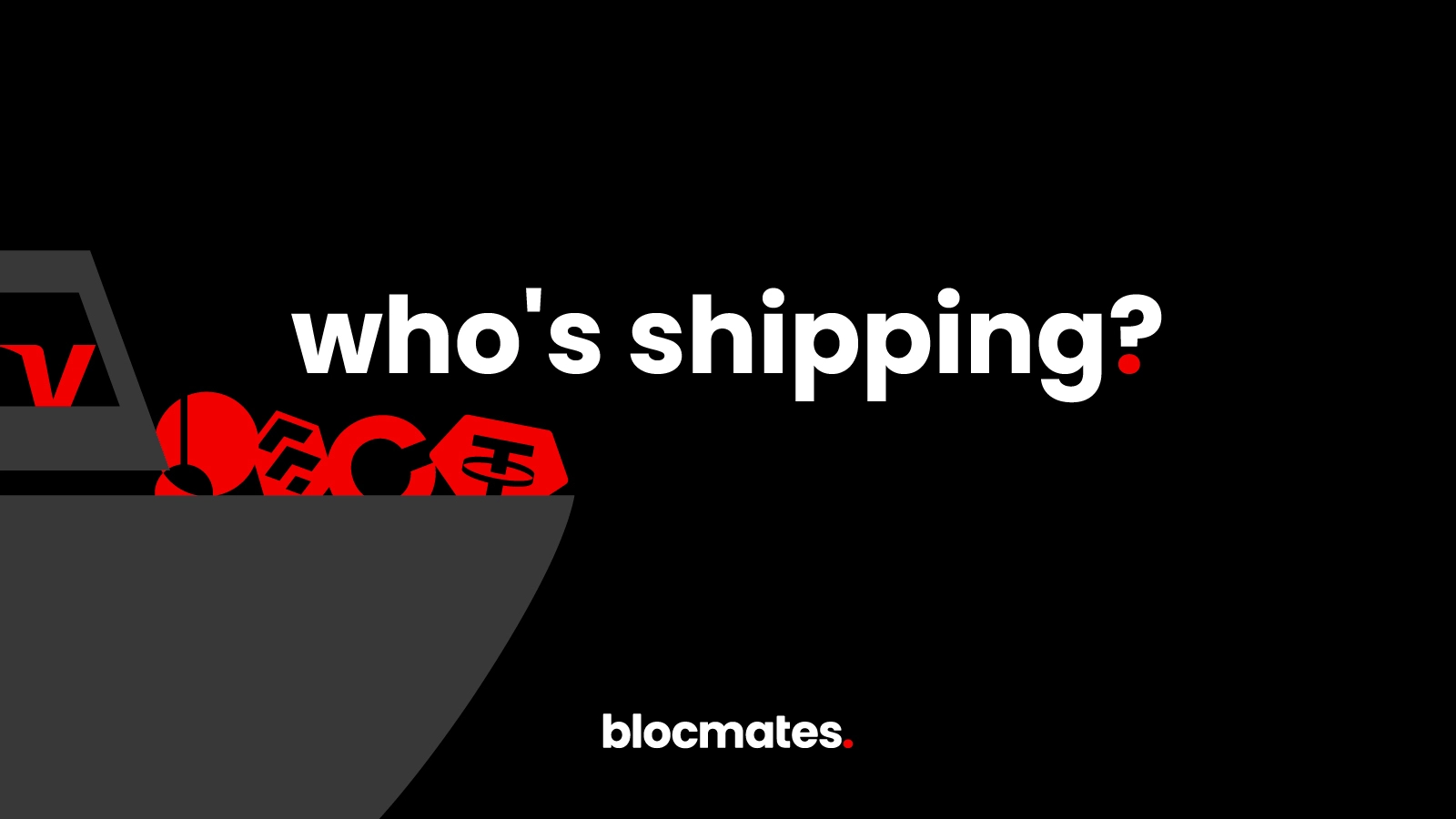
%20(1).webp)
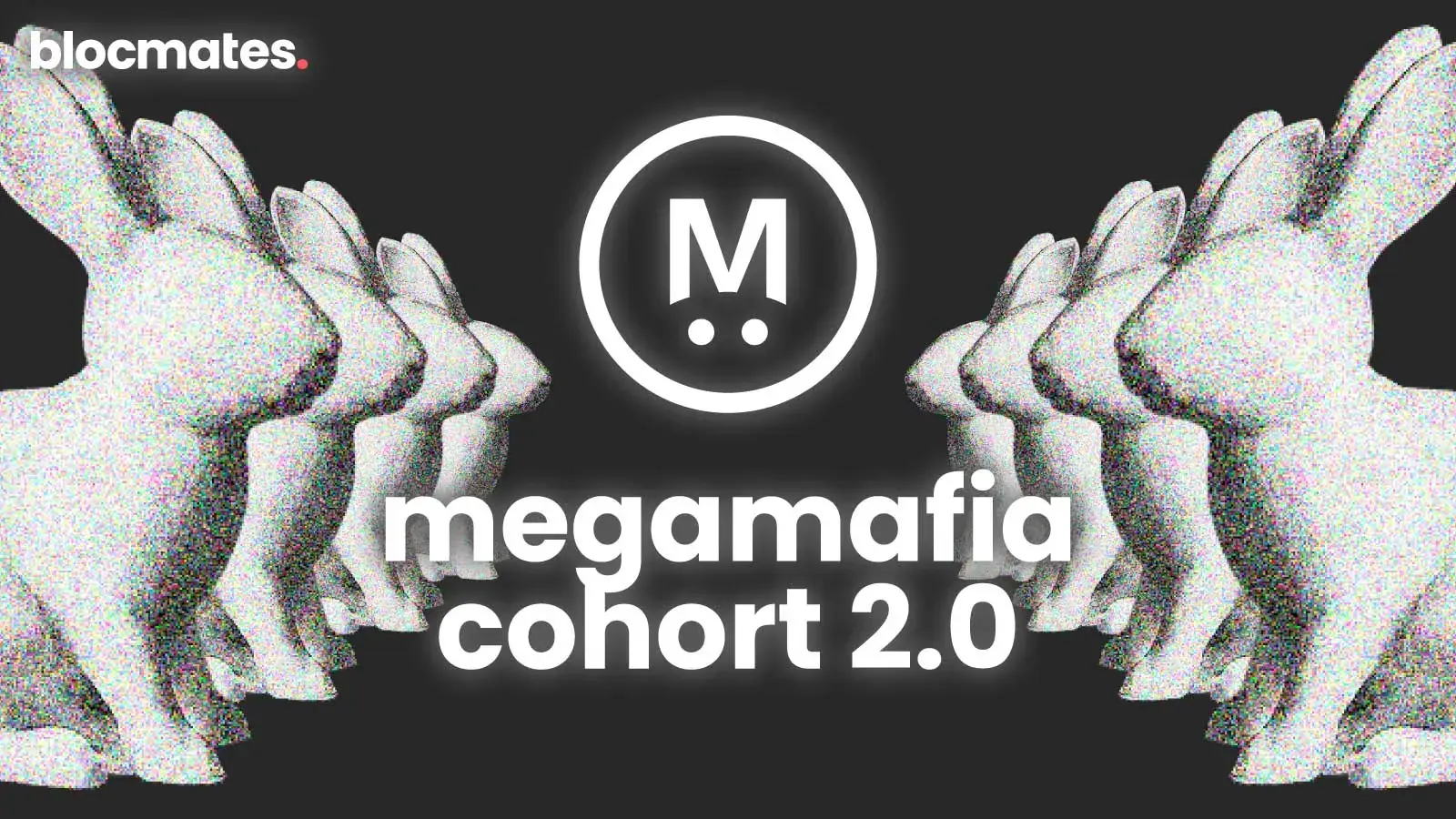
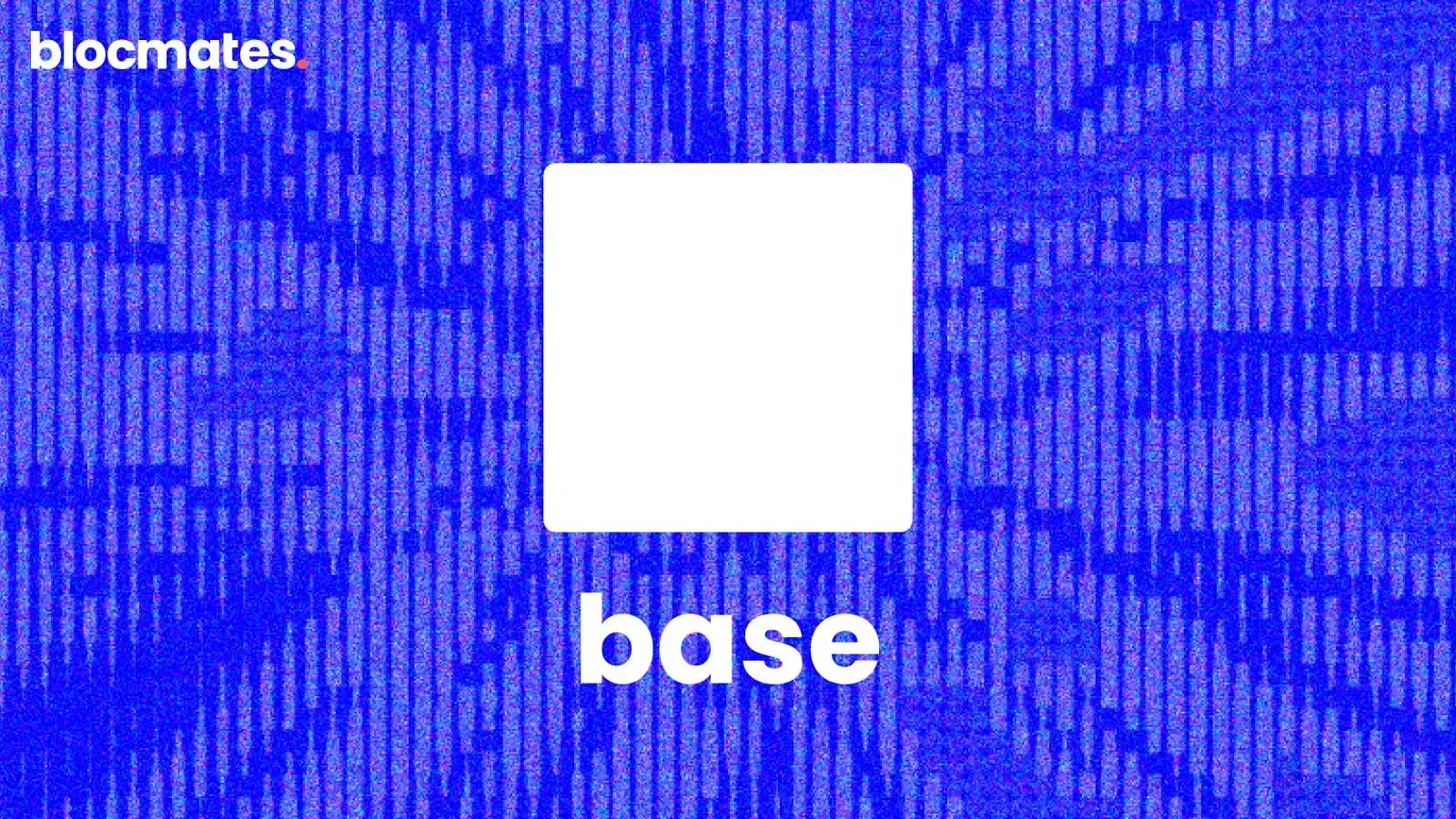
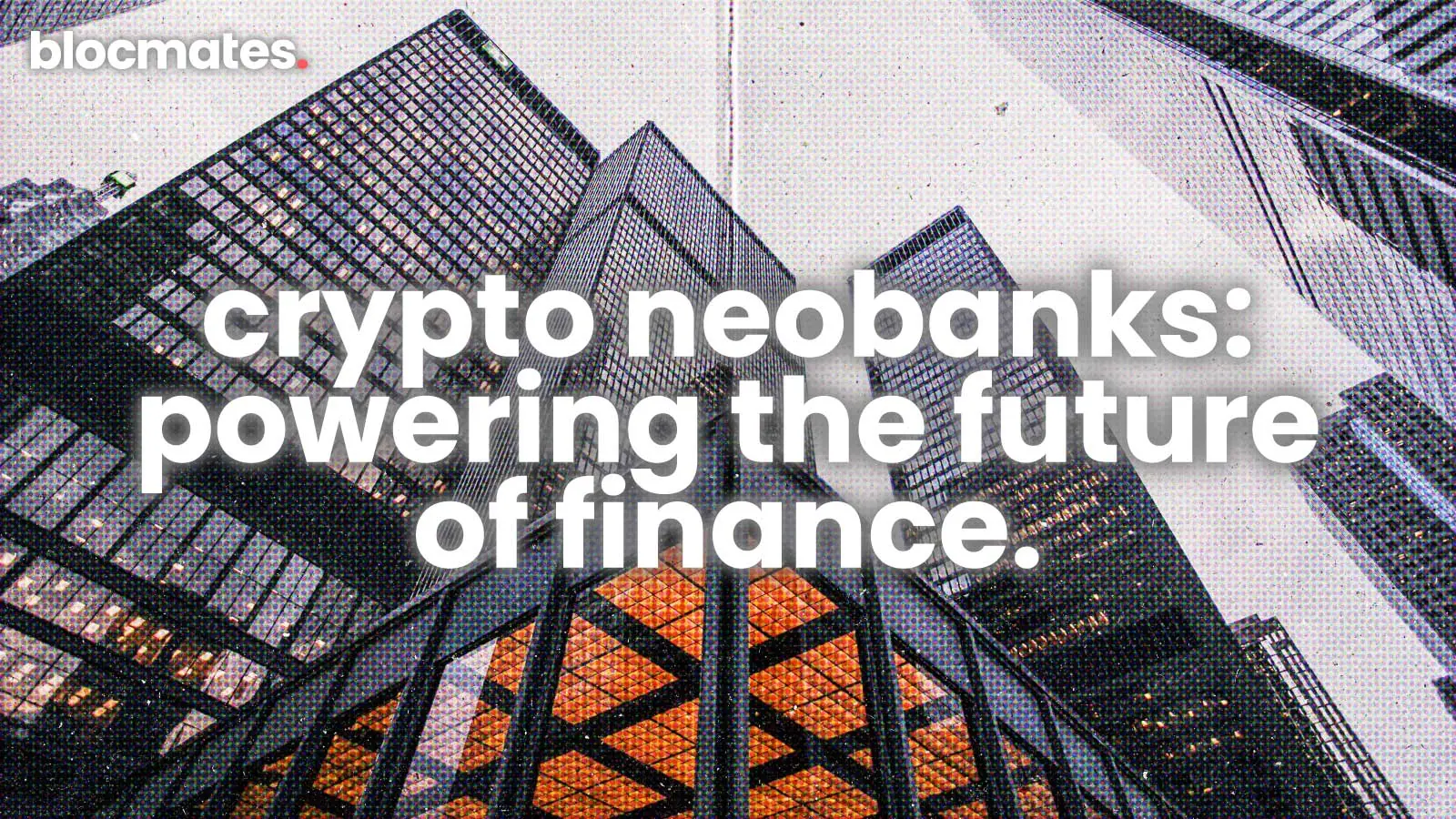


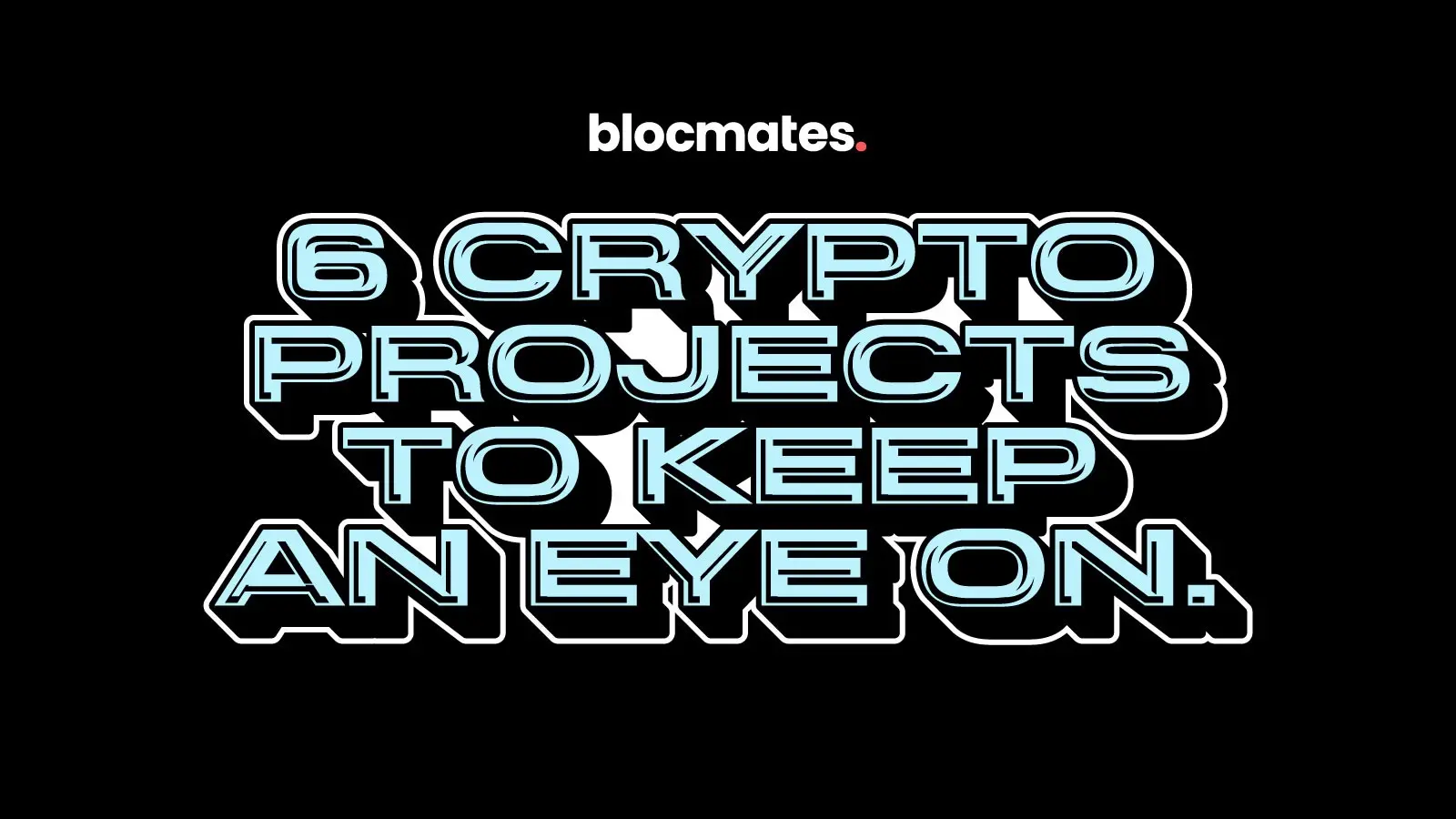
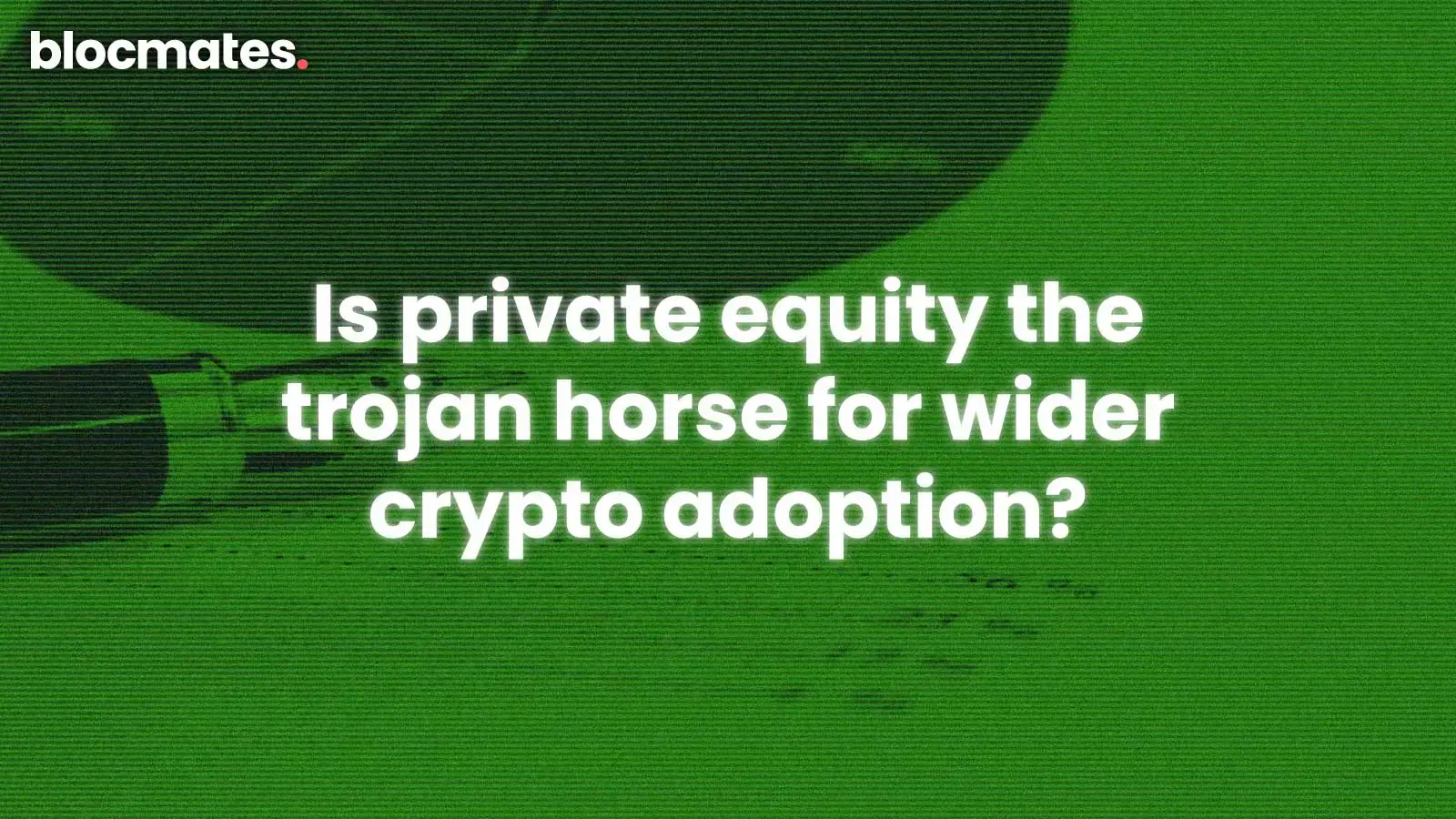
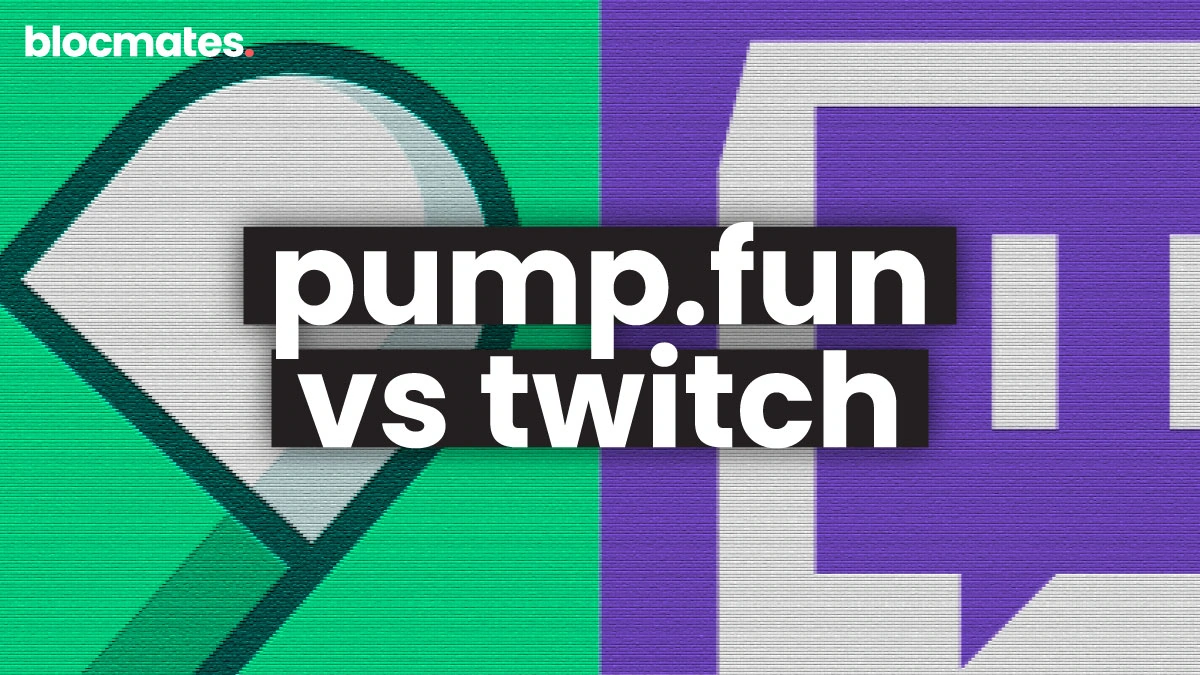


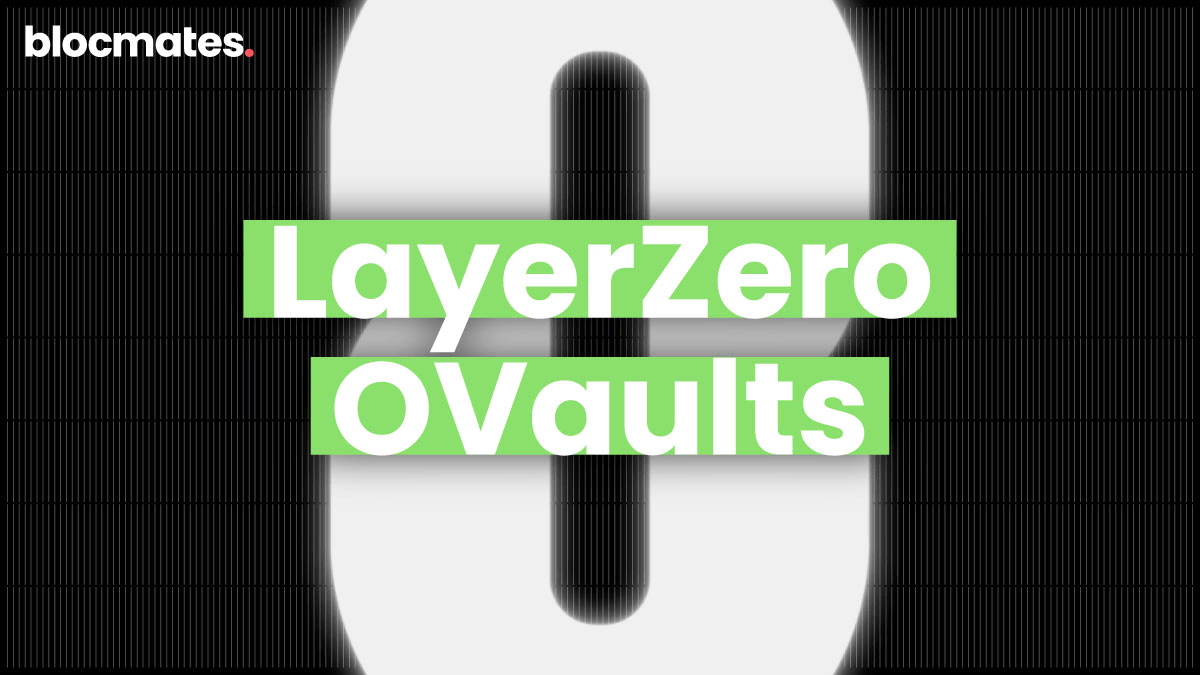

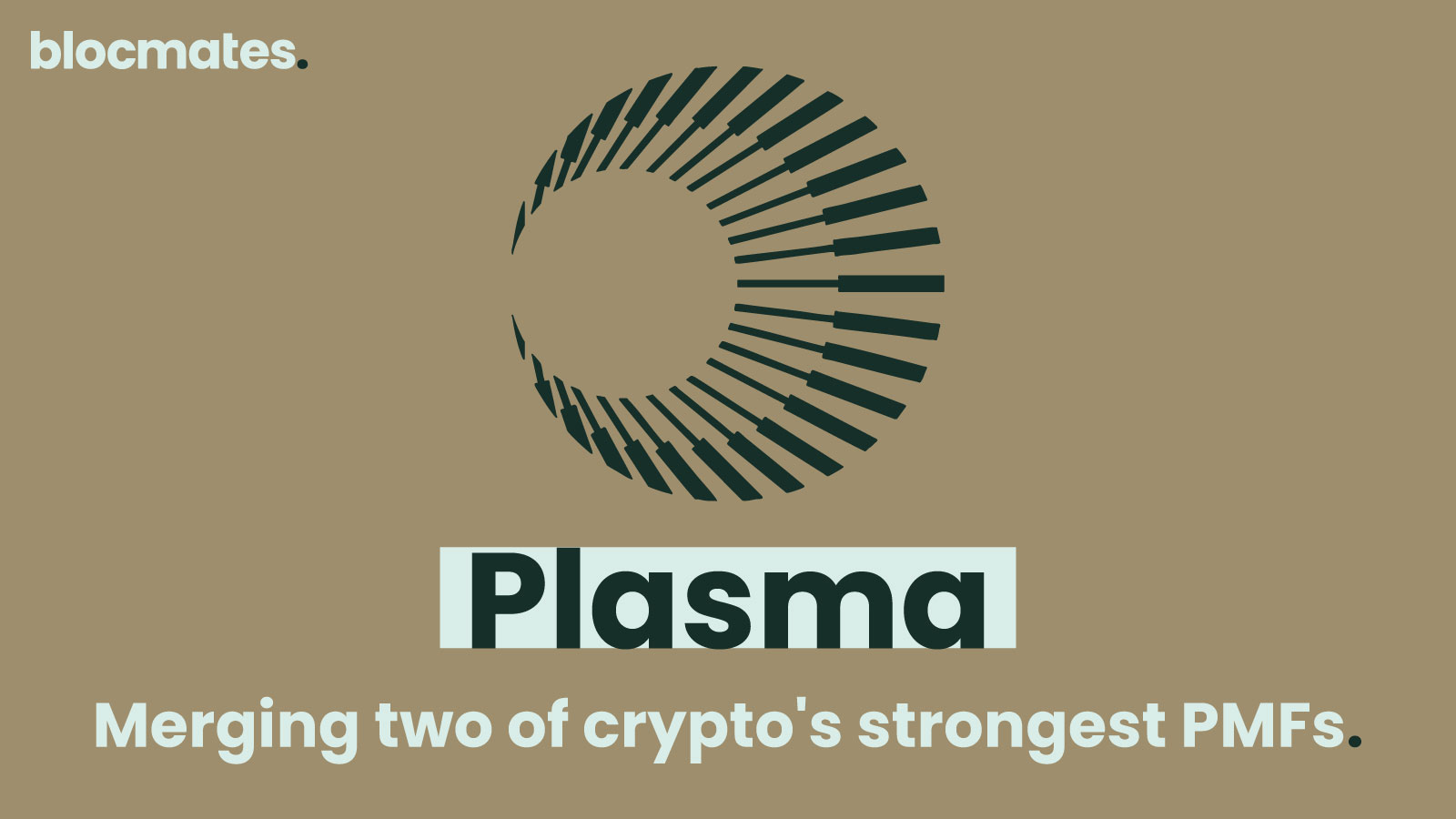

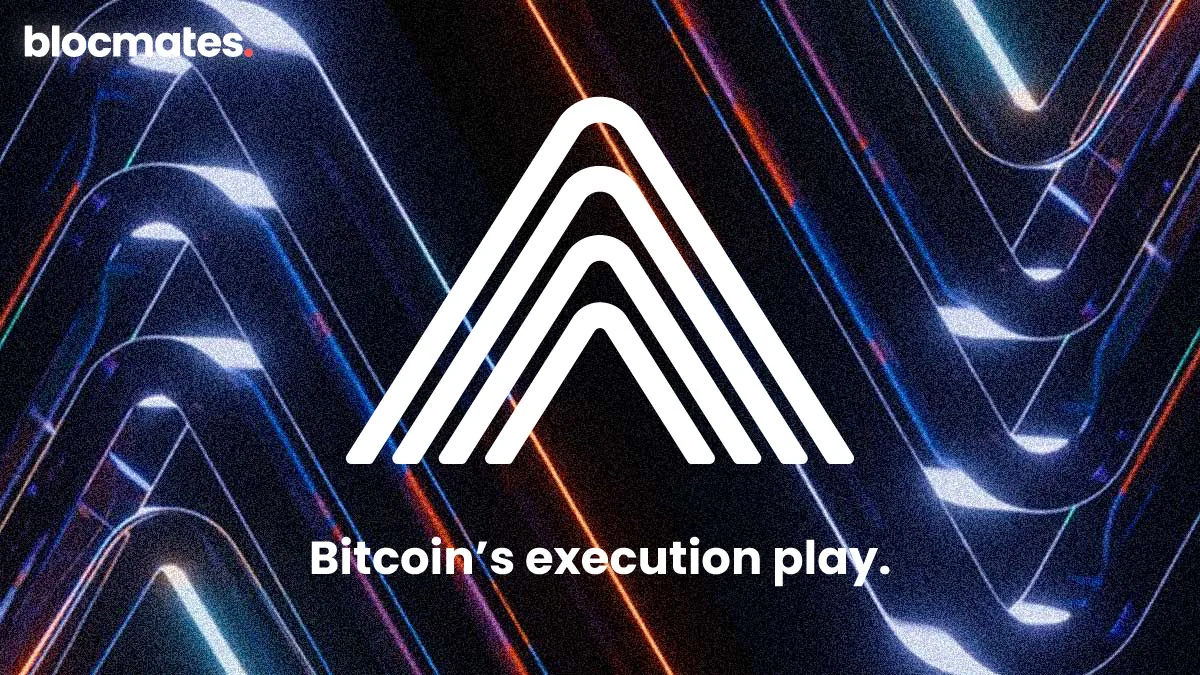
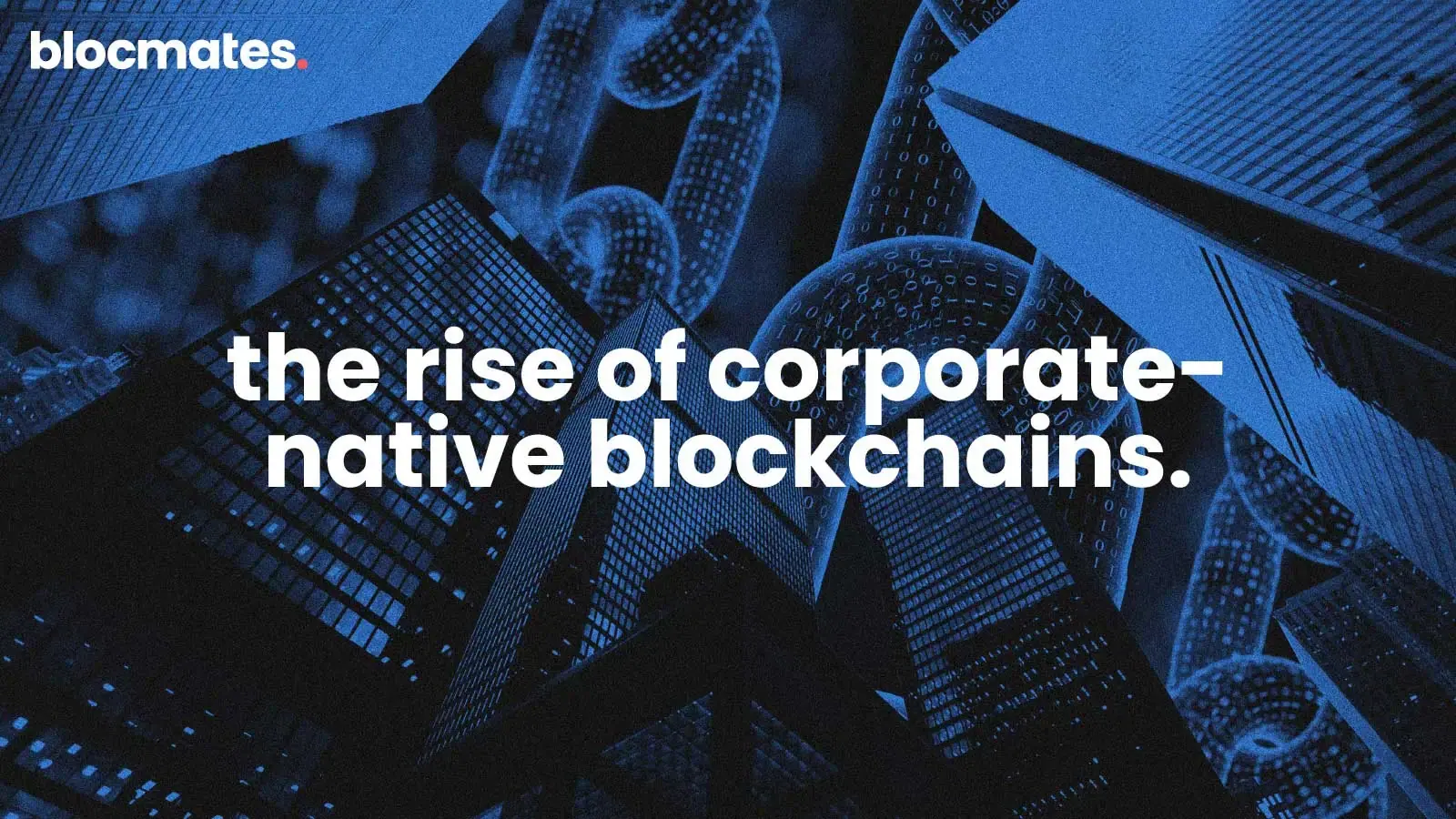
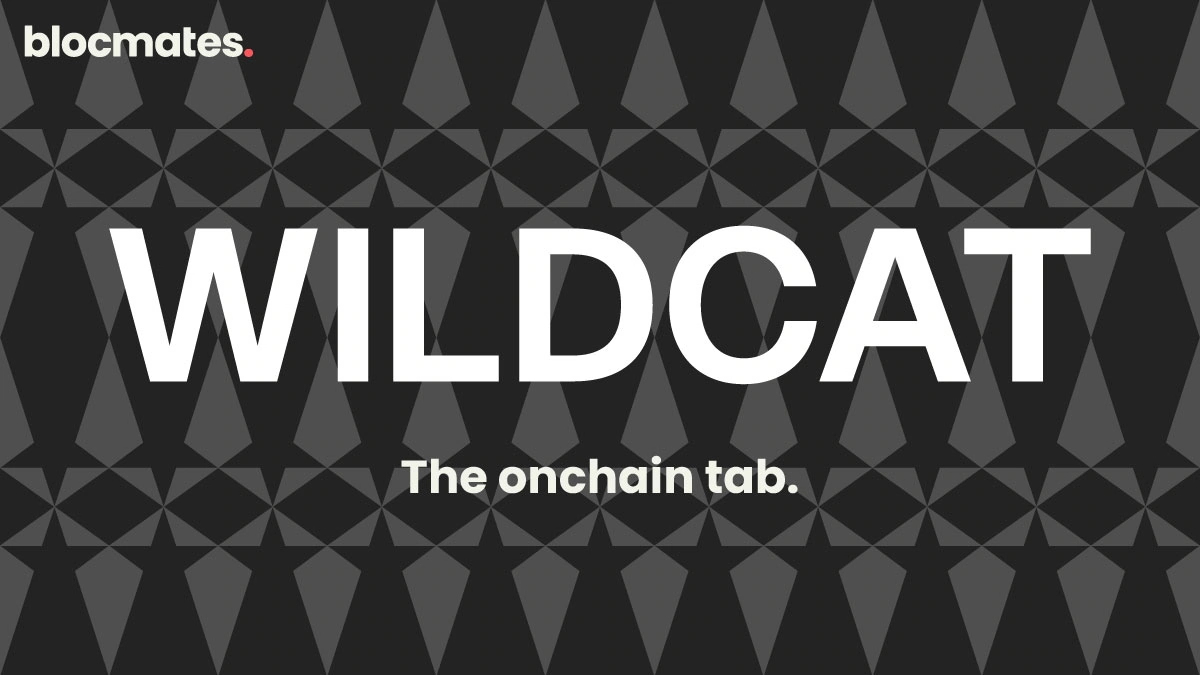
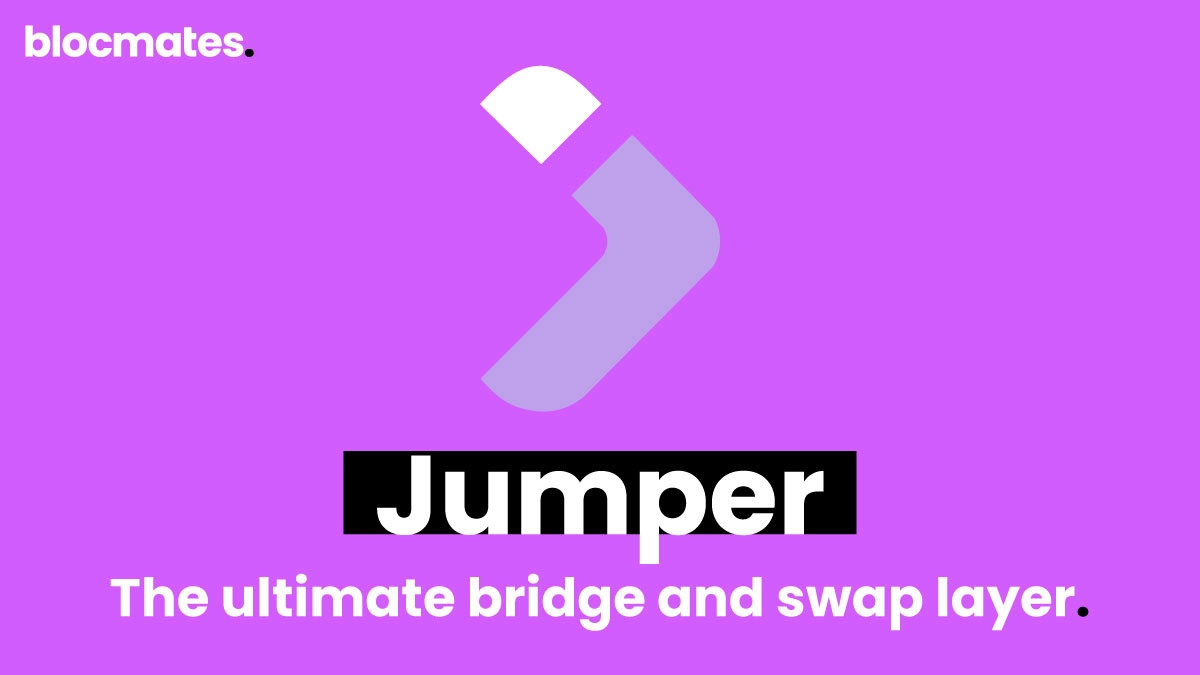
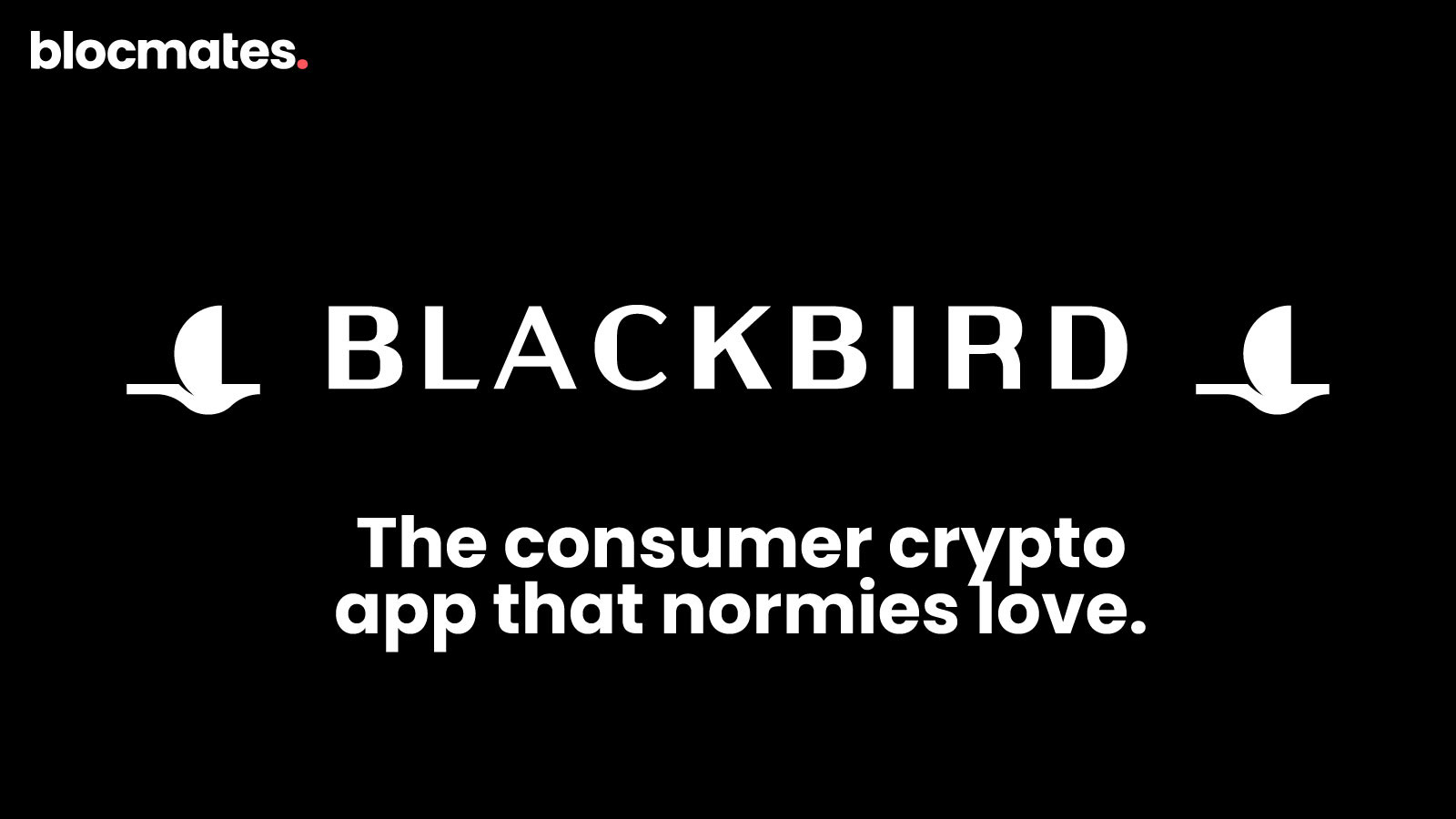
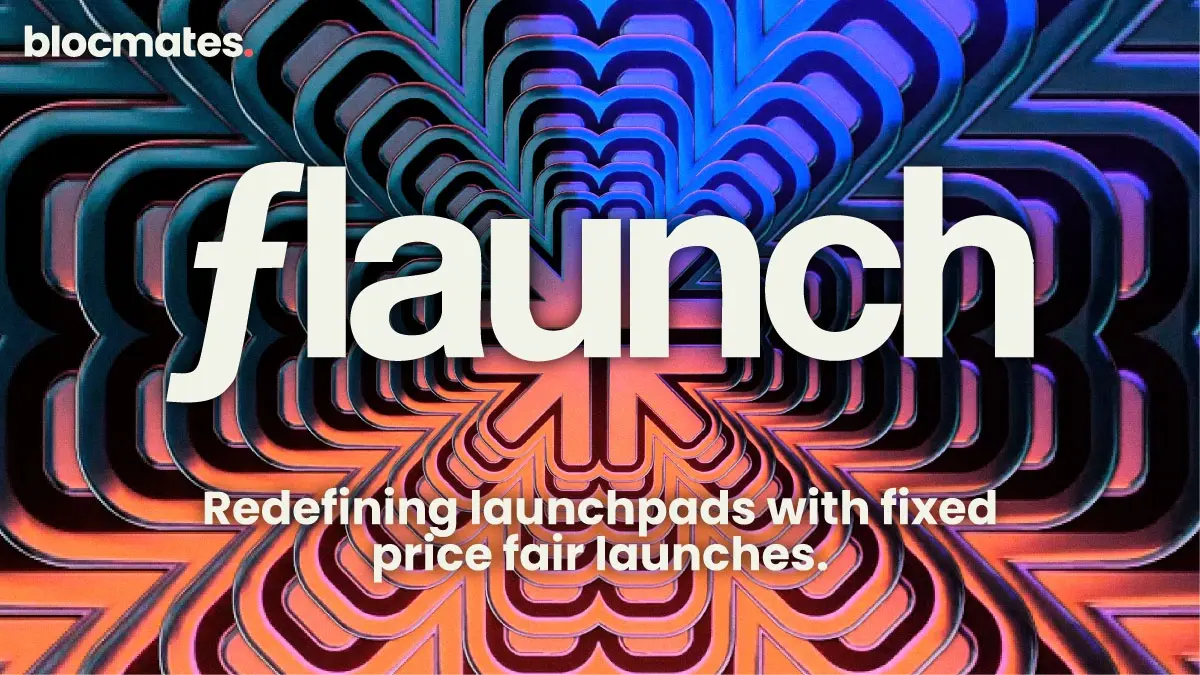

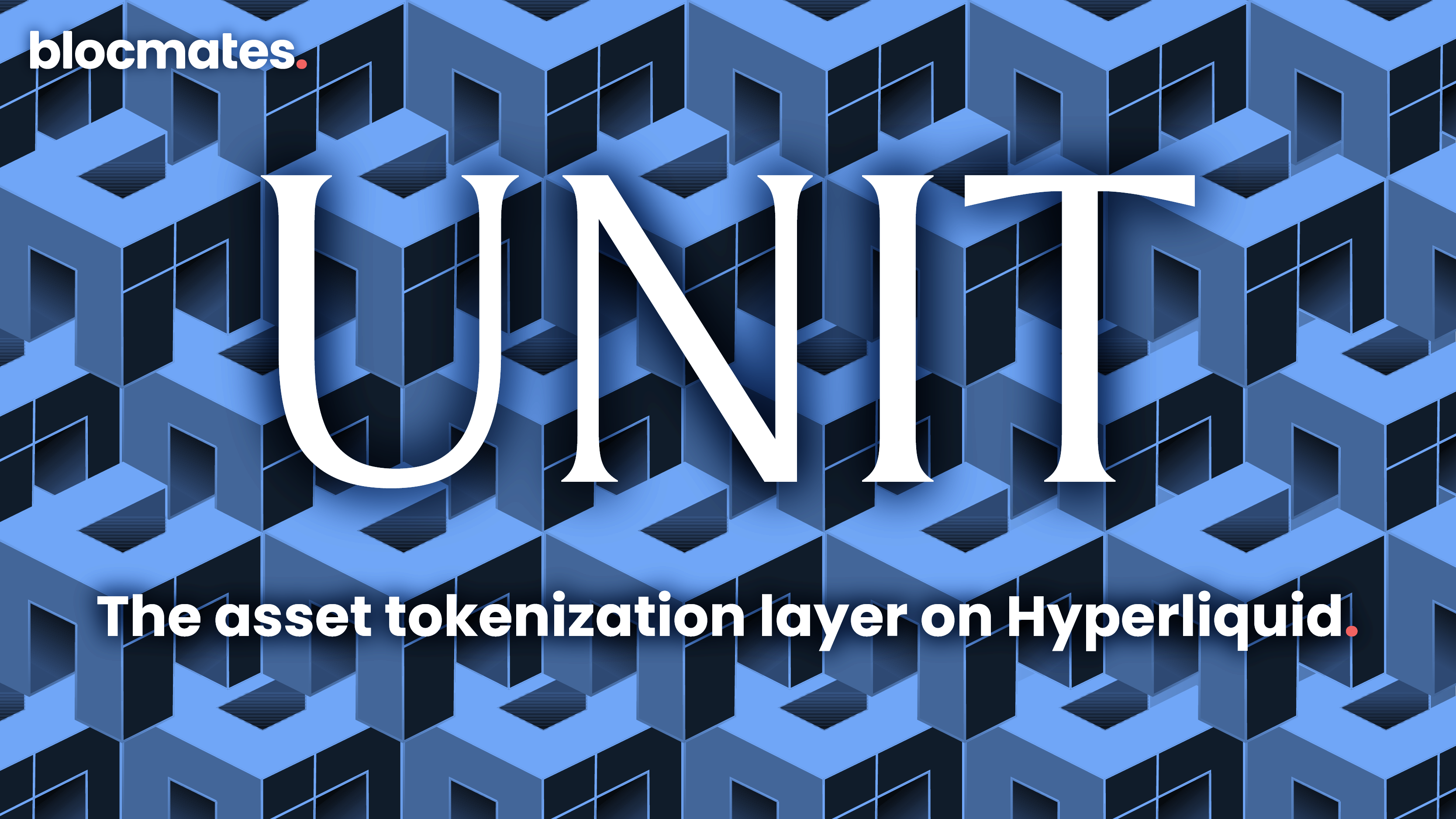
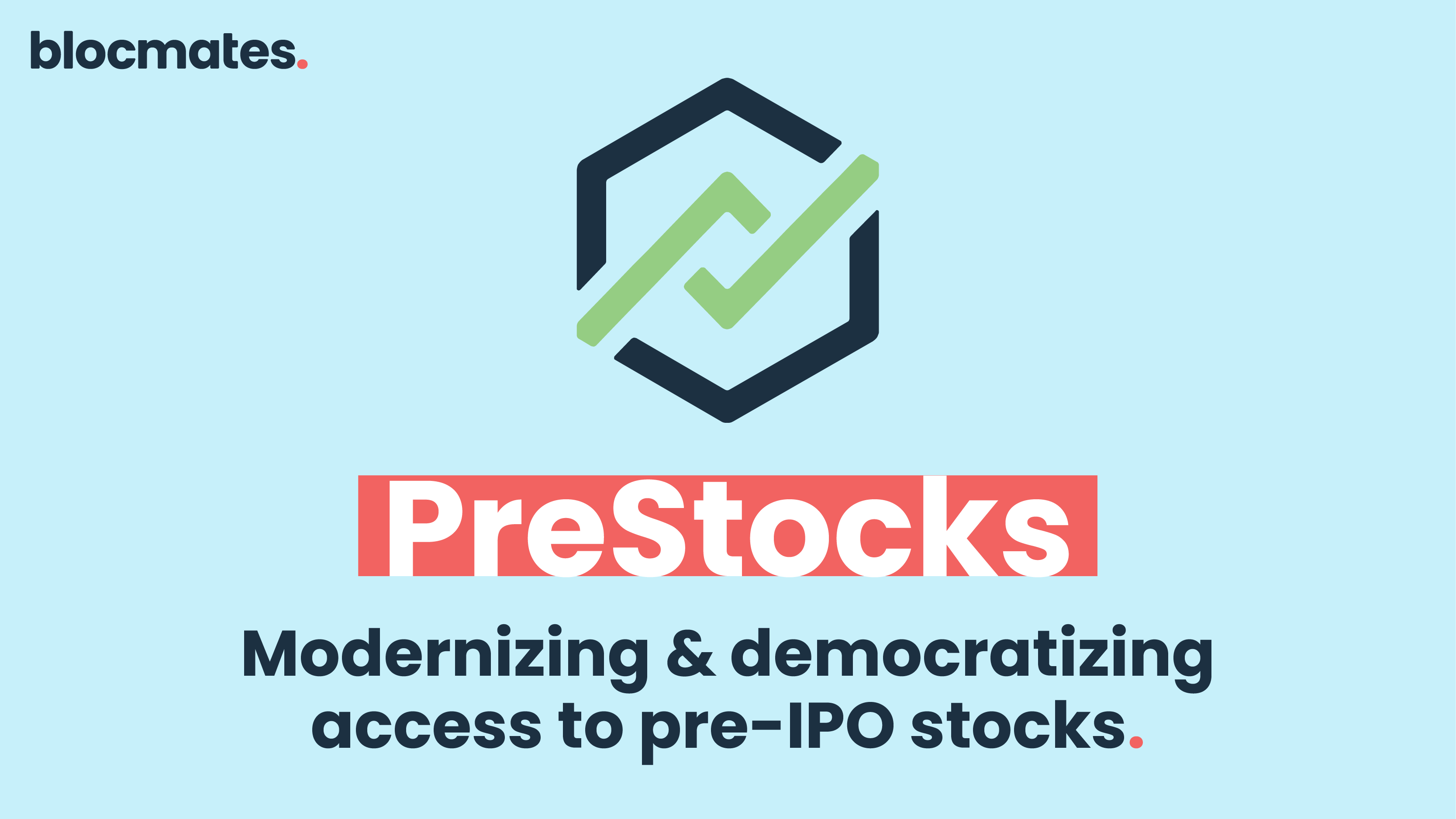

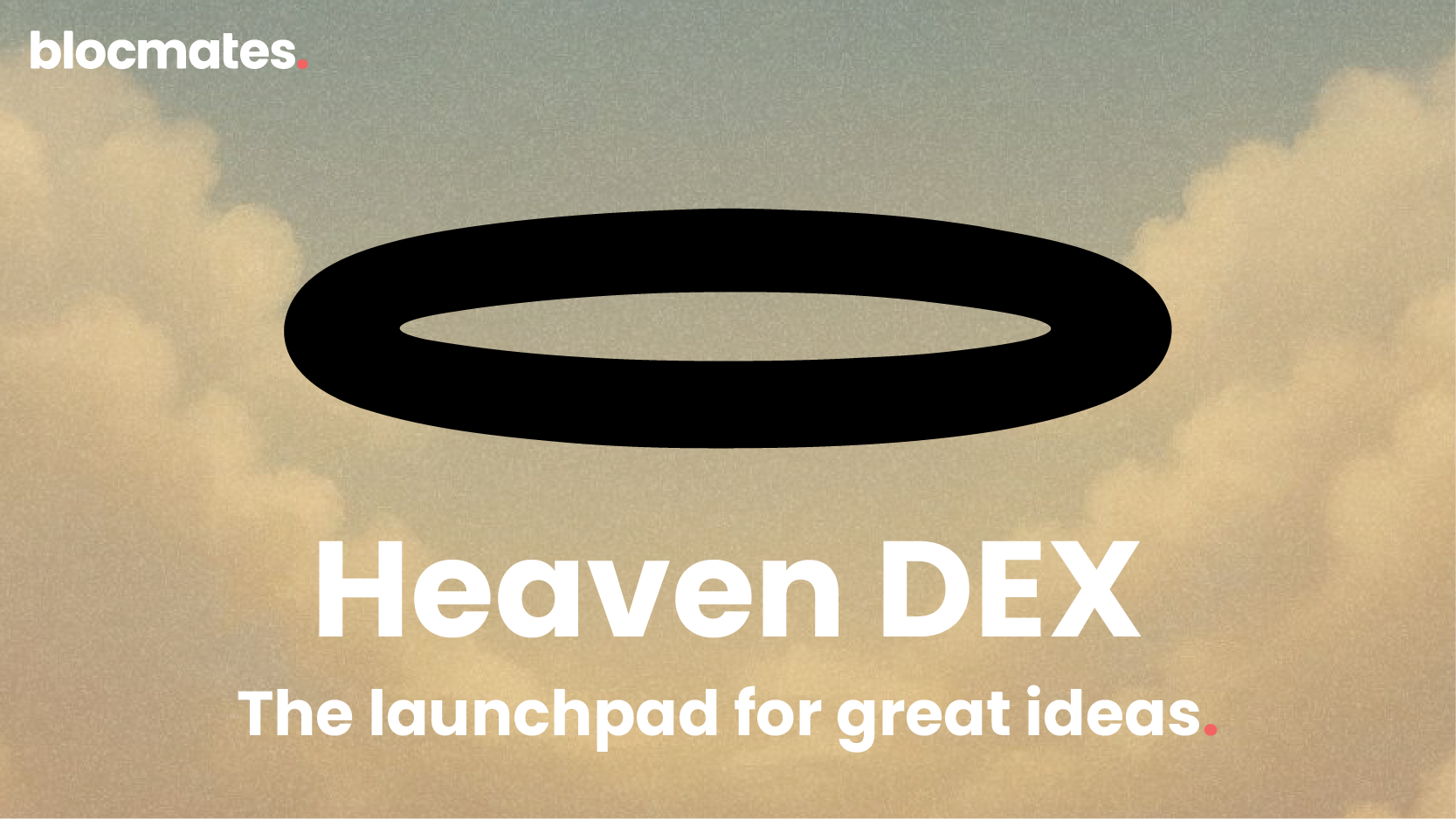


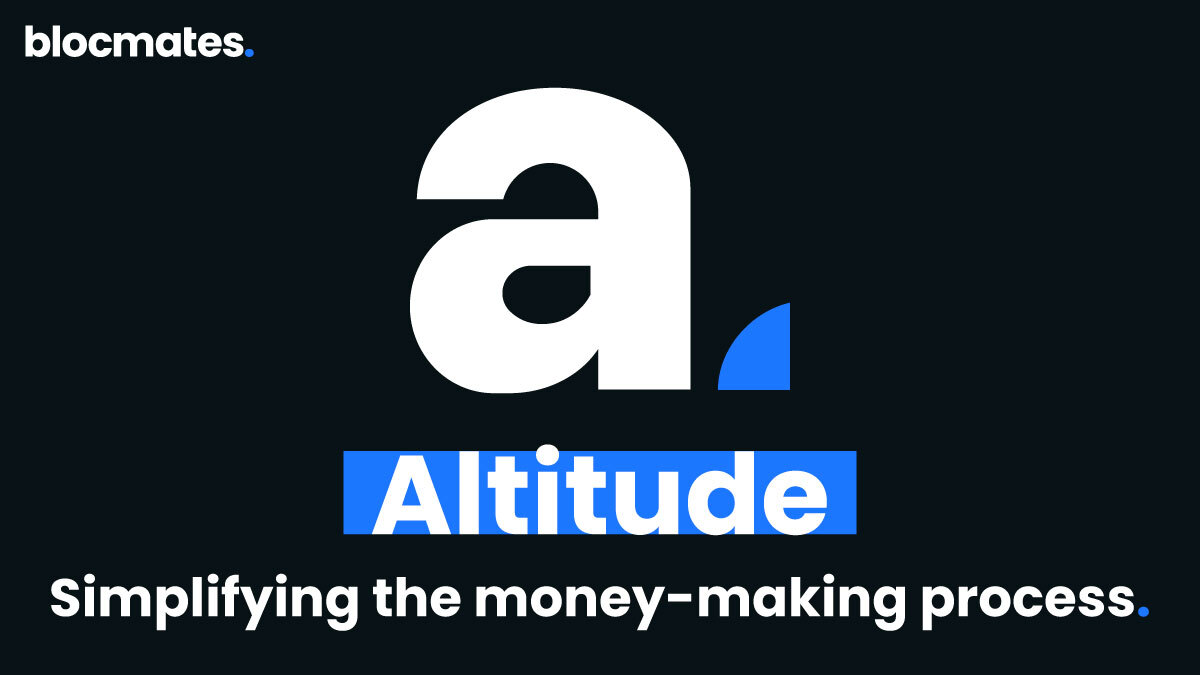
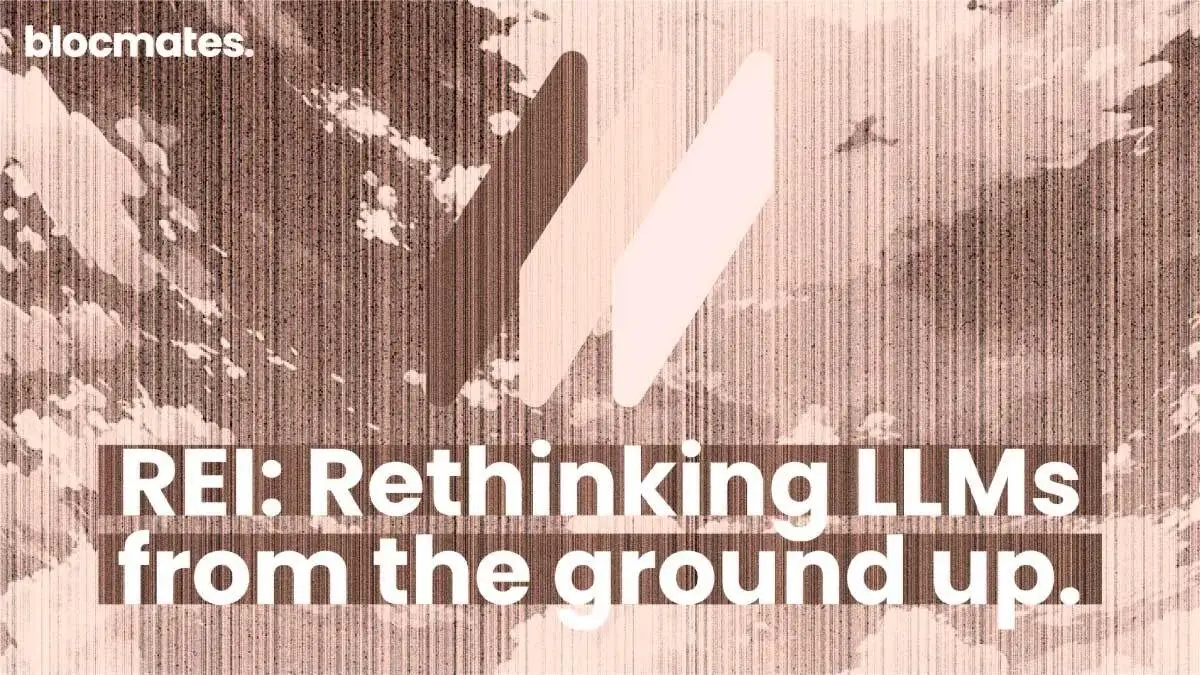
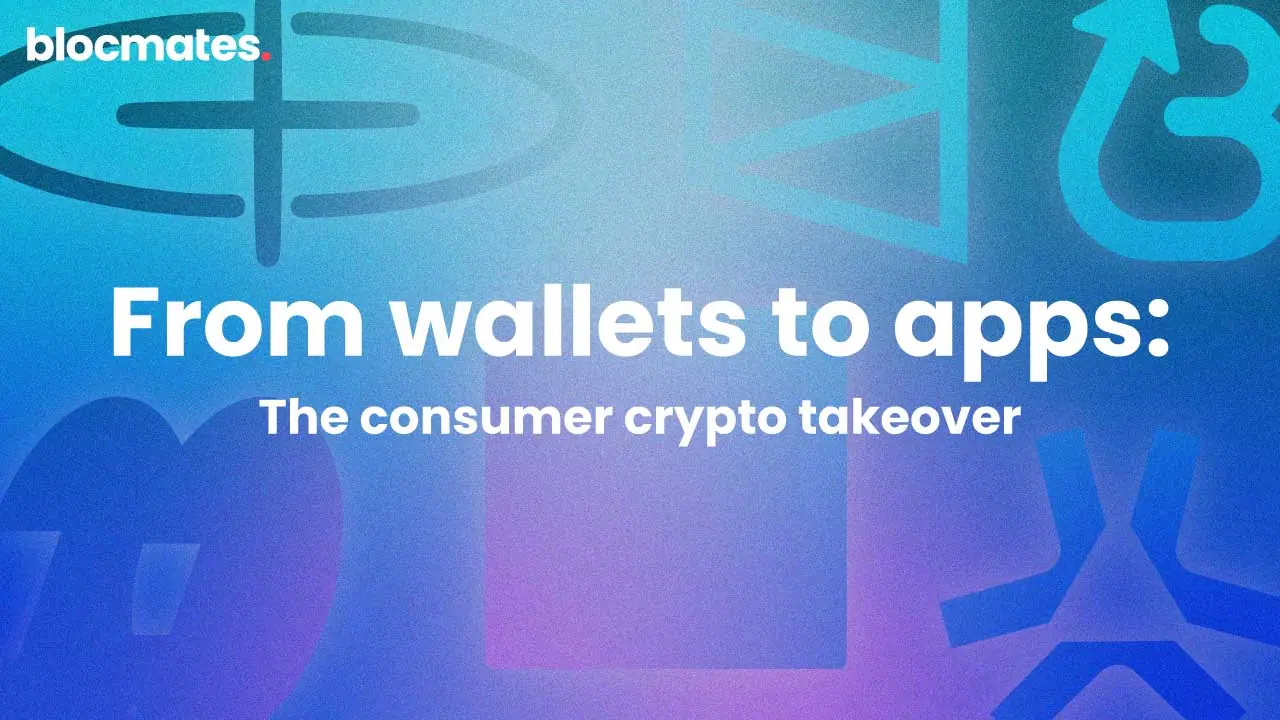
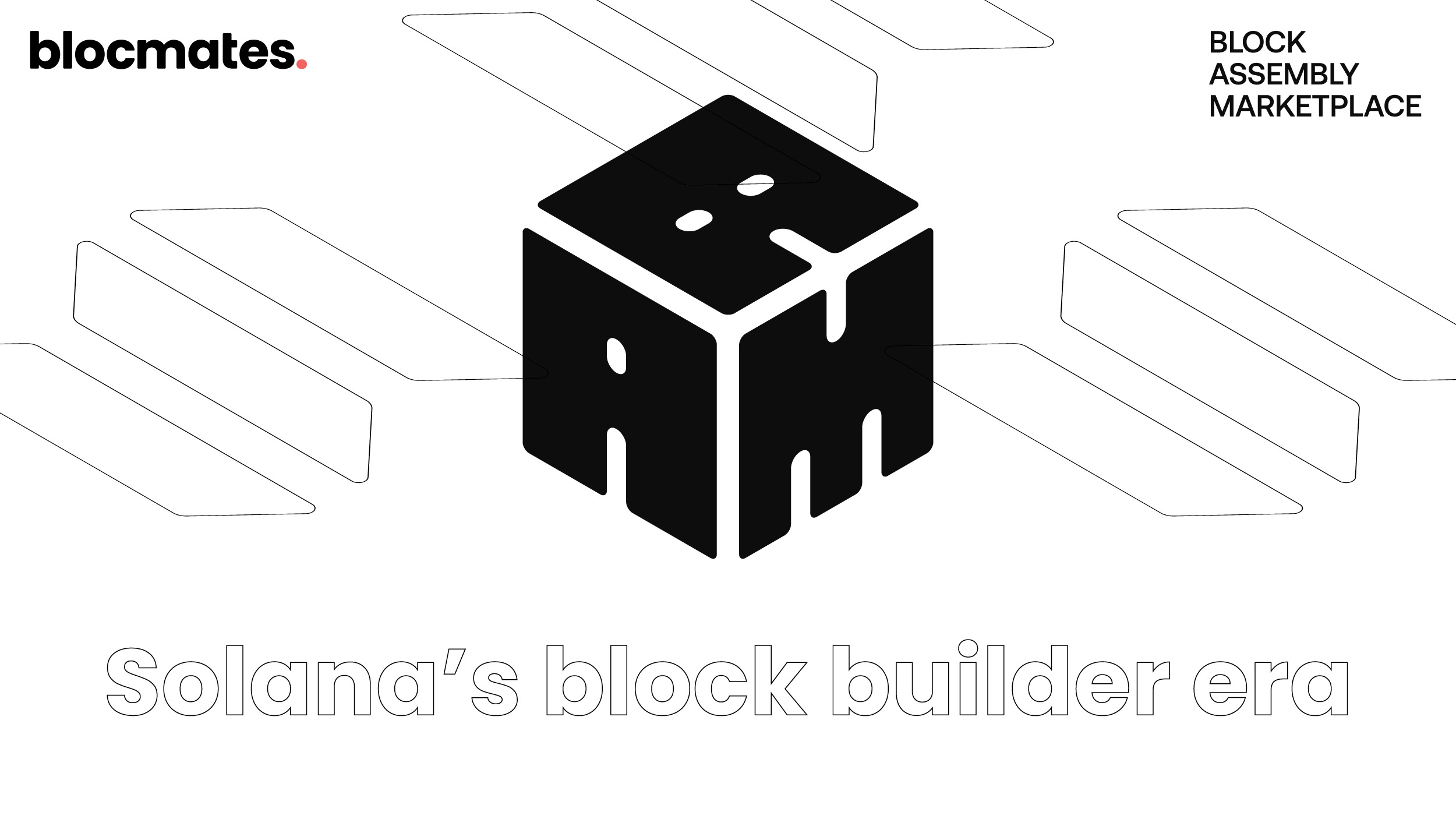

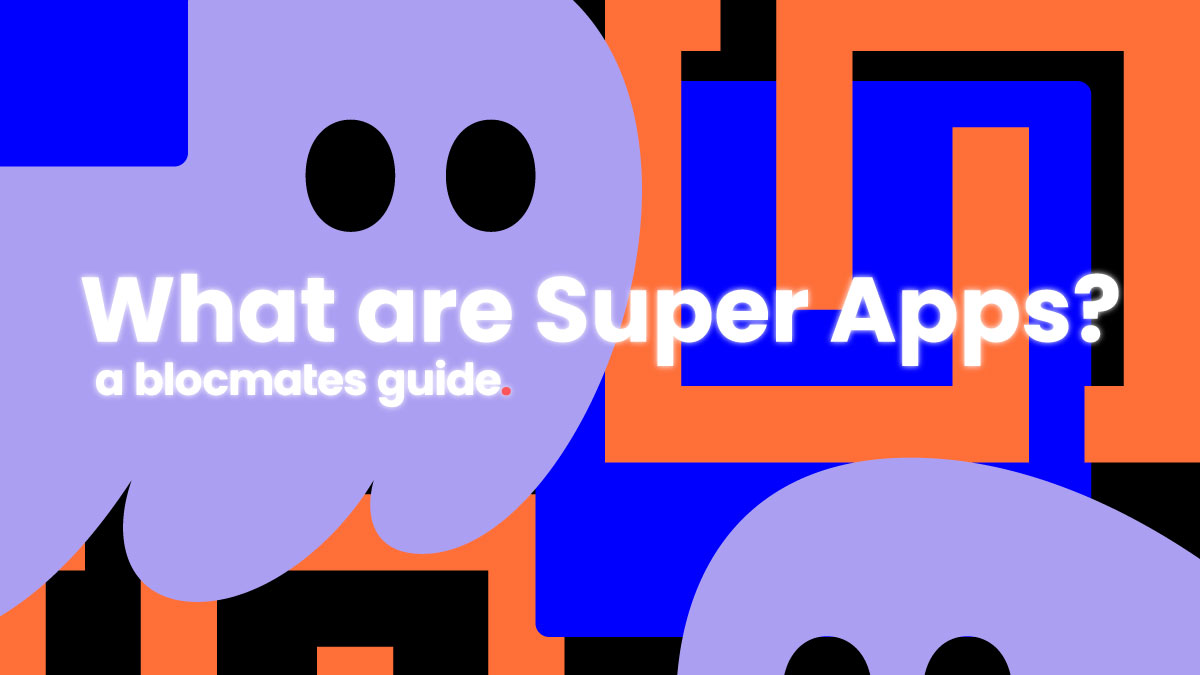
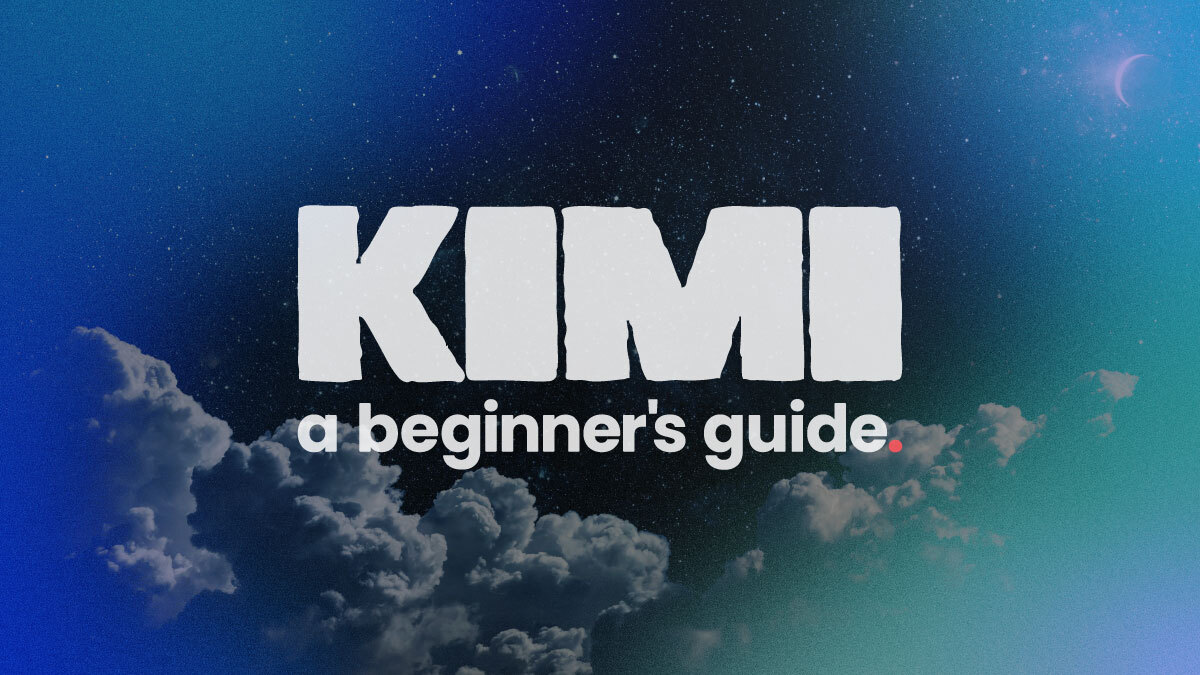
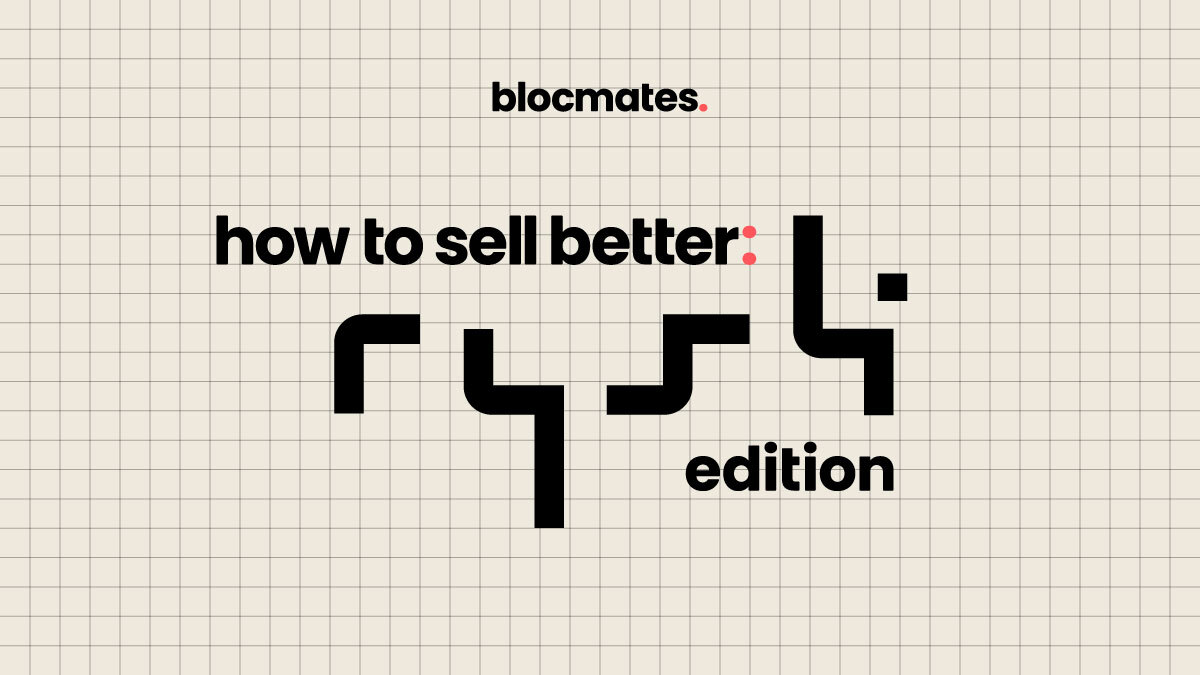
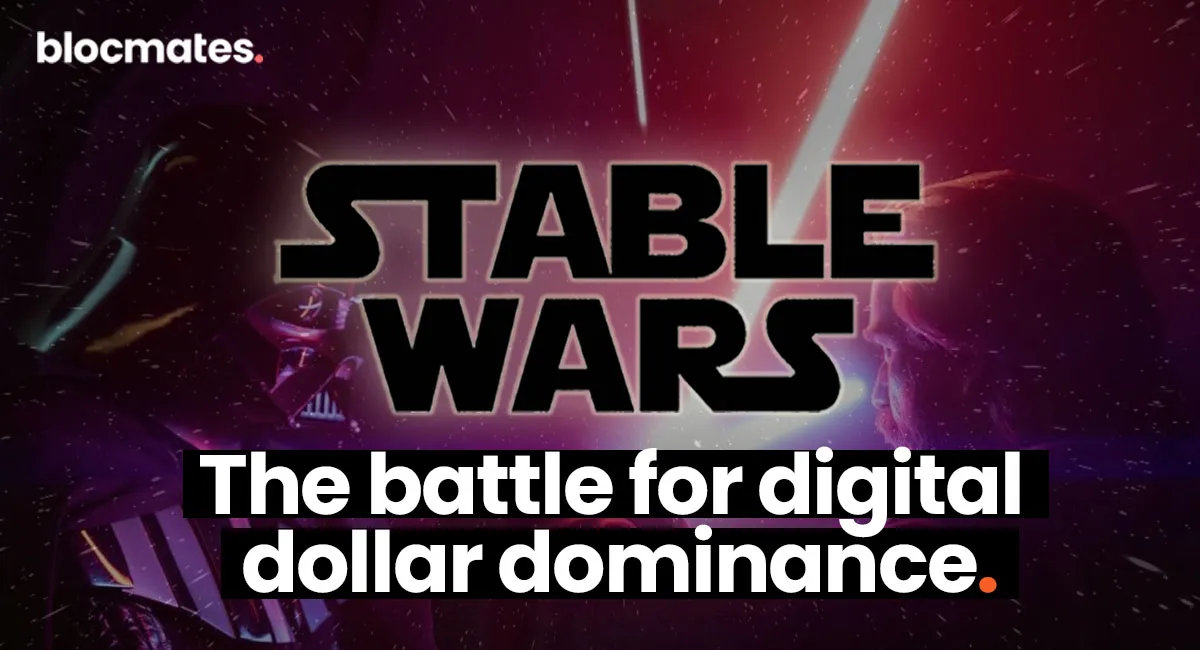






















%202.webp)


.webp)

.webp)
.webp)
.webp)


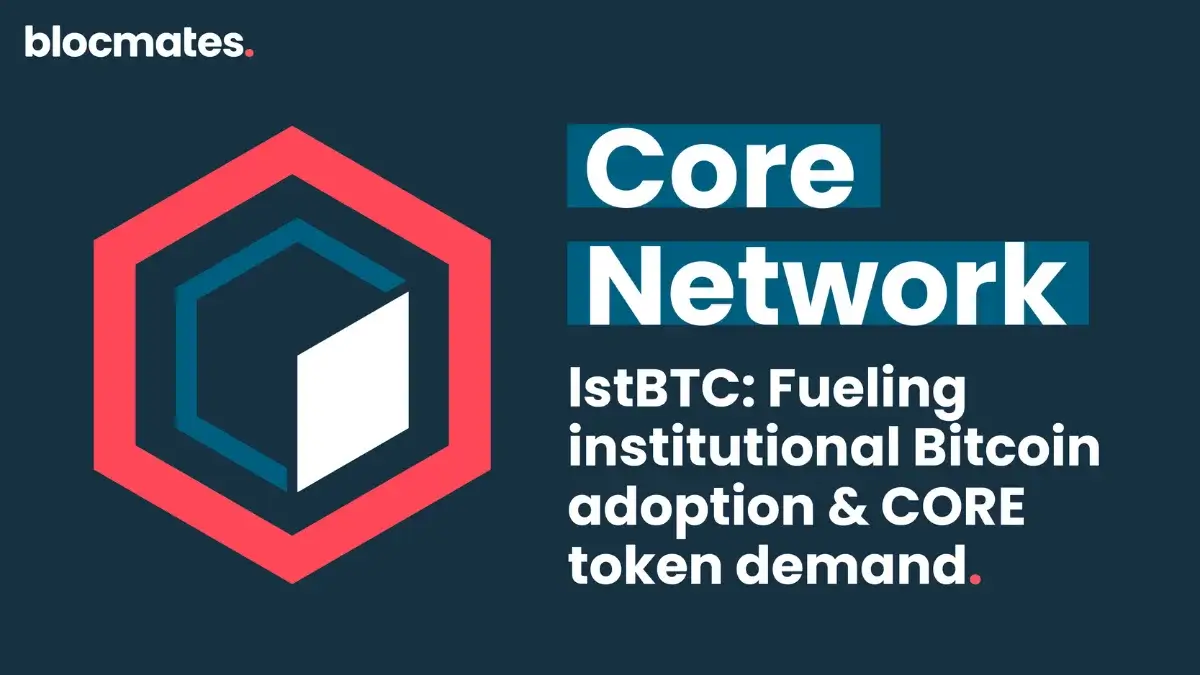
.webp)












%20the%20Next%20Big%20Unlock%20in%20AI.webp)








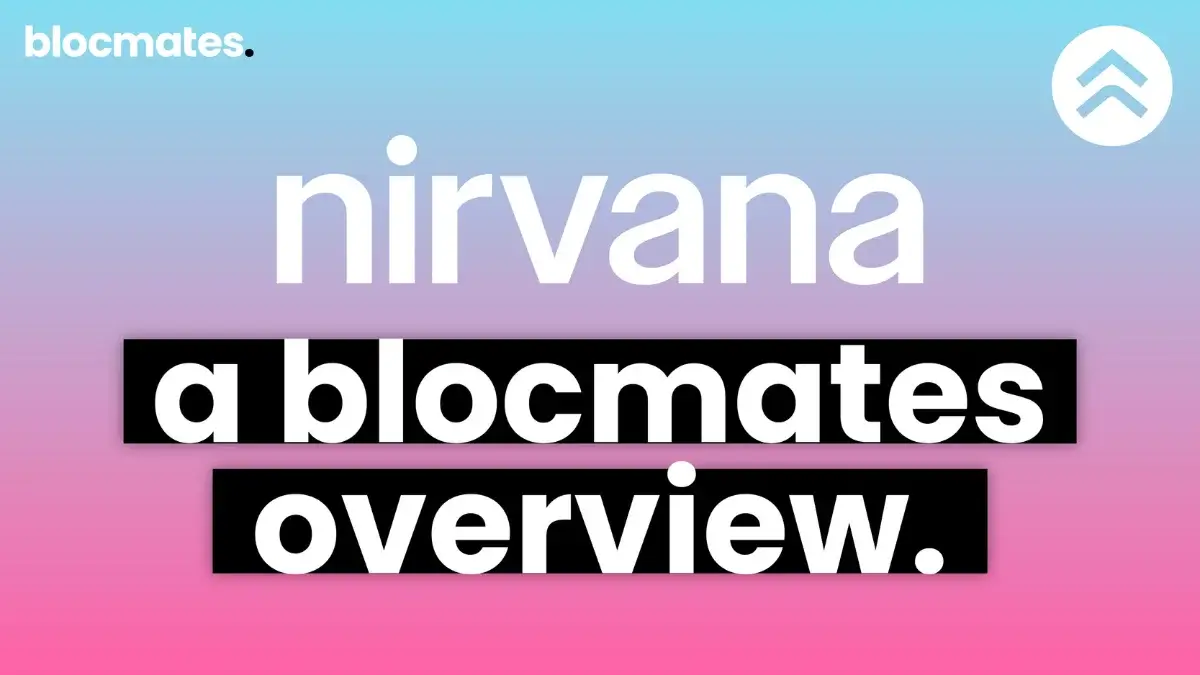

.webp)
.webp)

.webp)
.webp)
.webp)


.webp)
.webp)










.webp)


.webp)






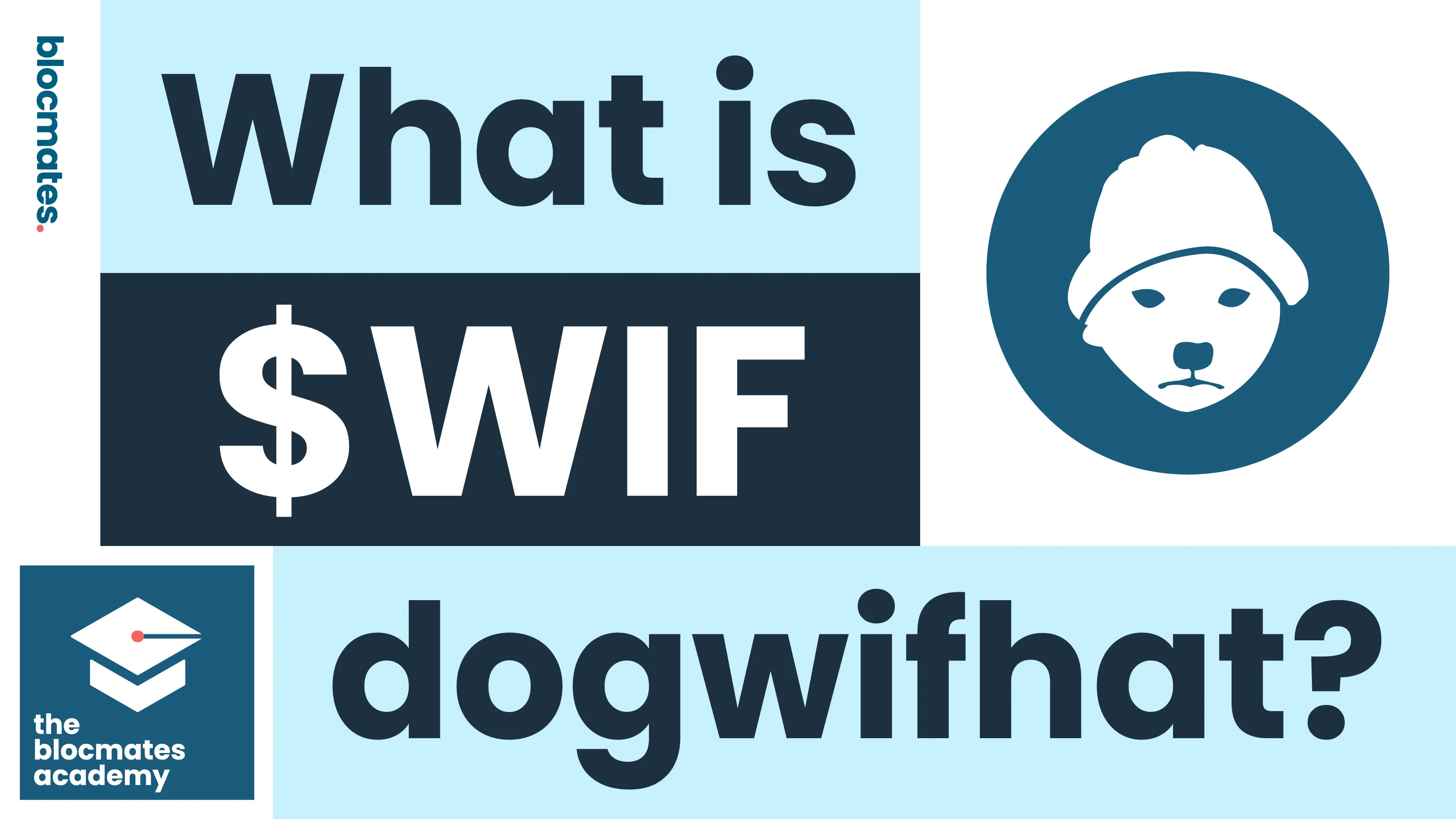


.webp)







.webp)
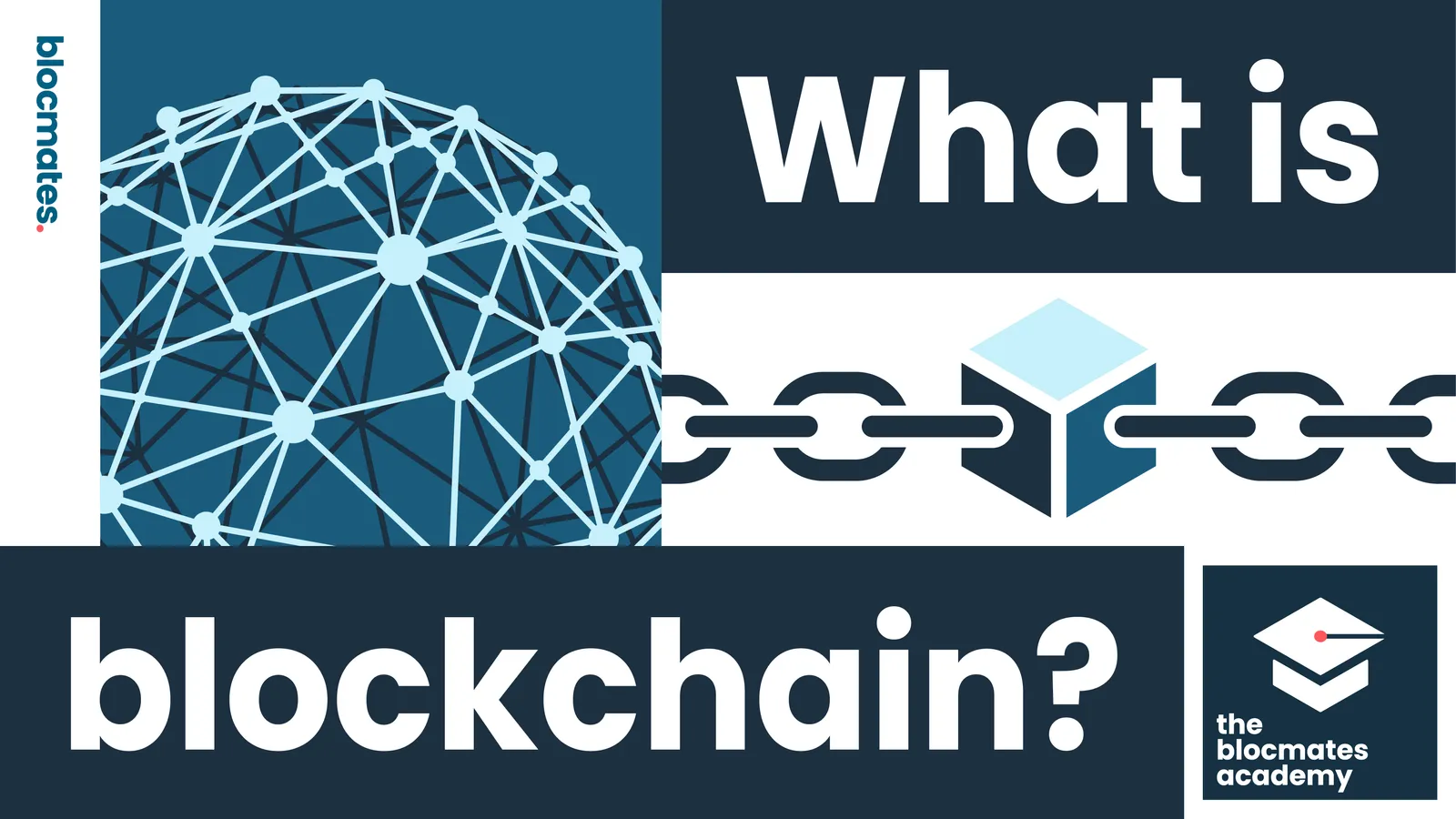



.webp)






.webp)



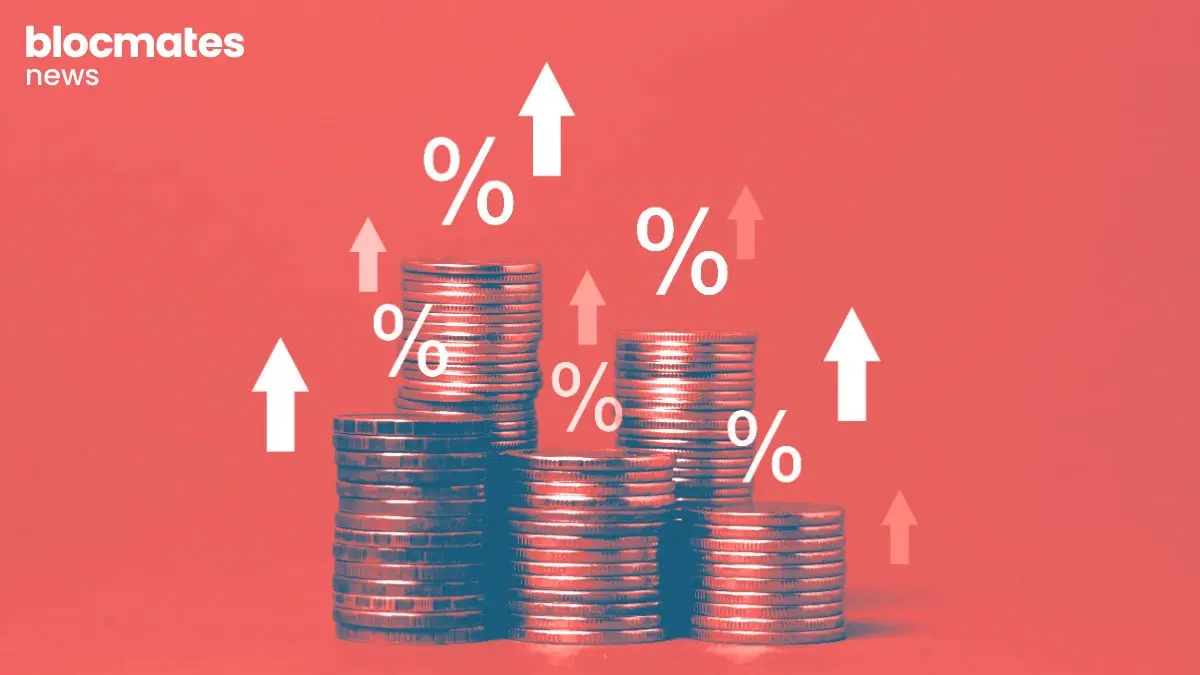



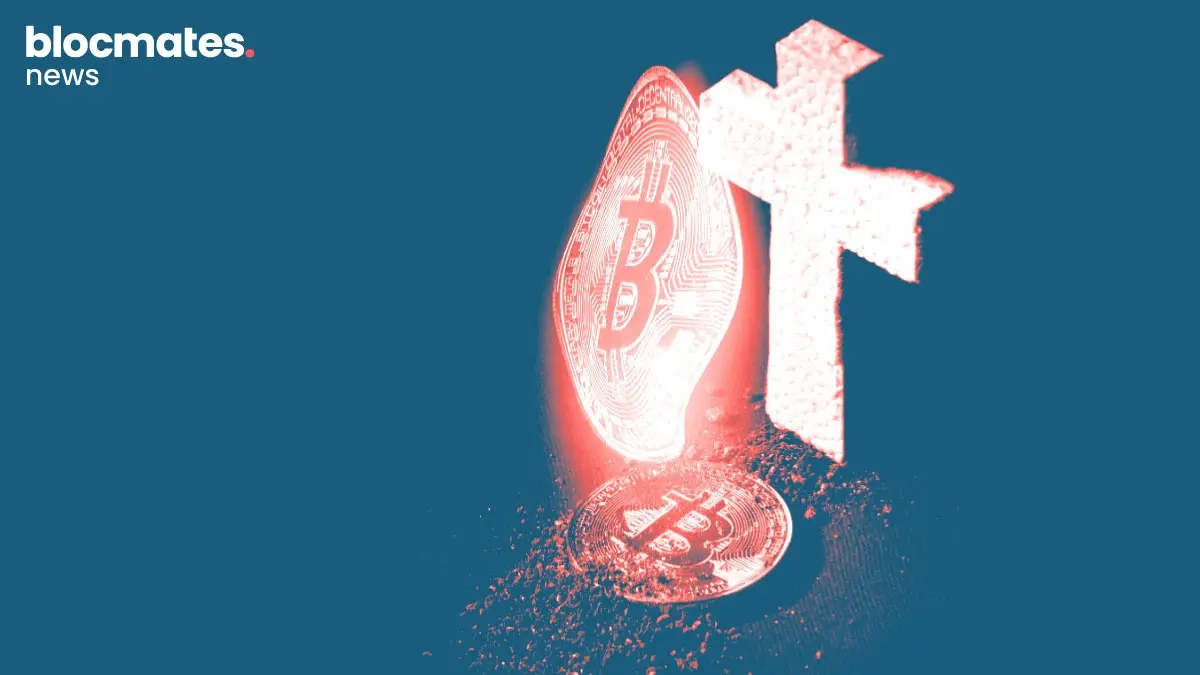




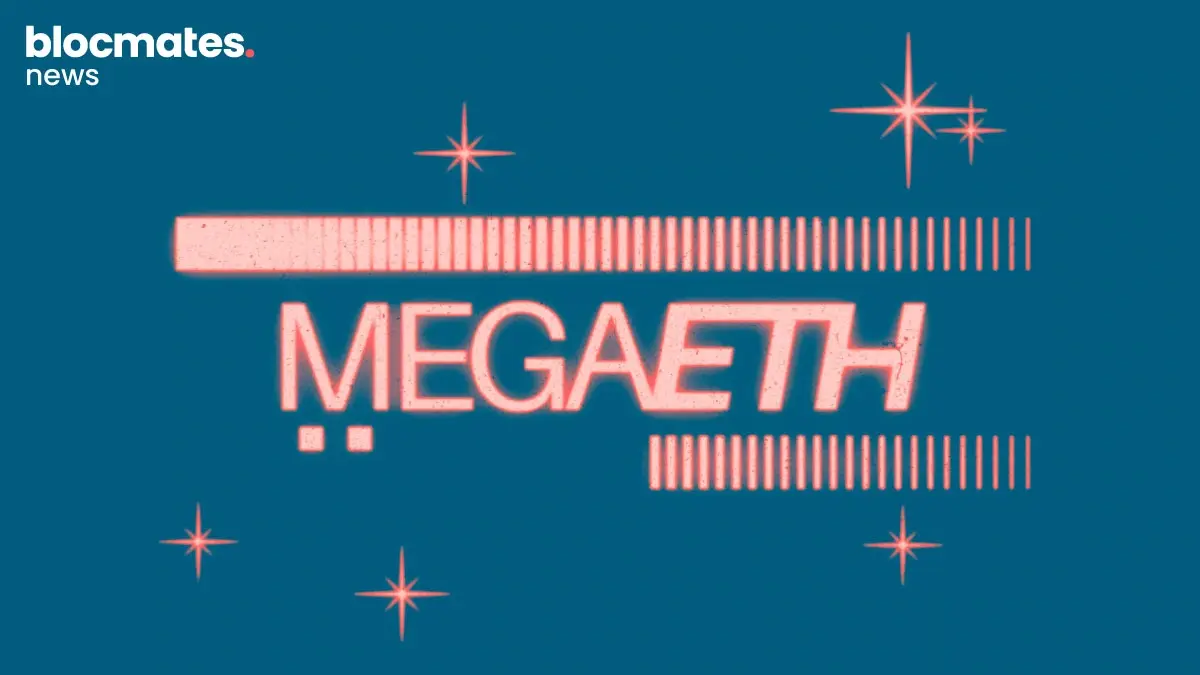
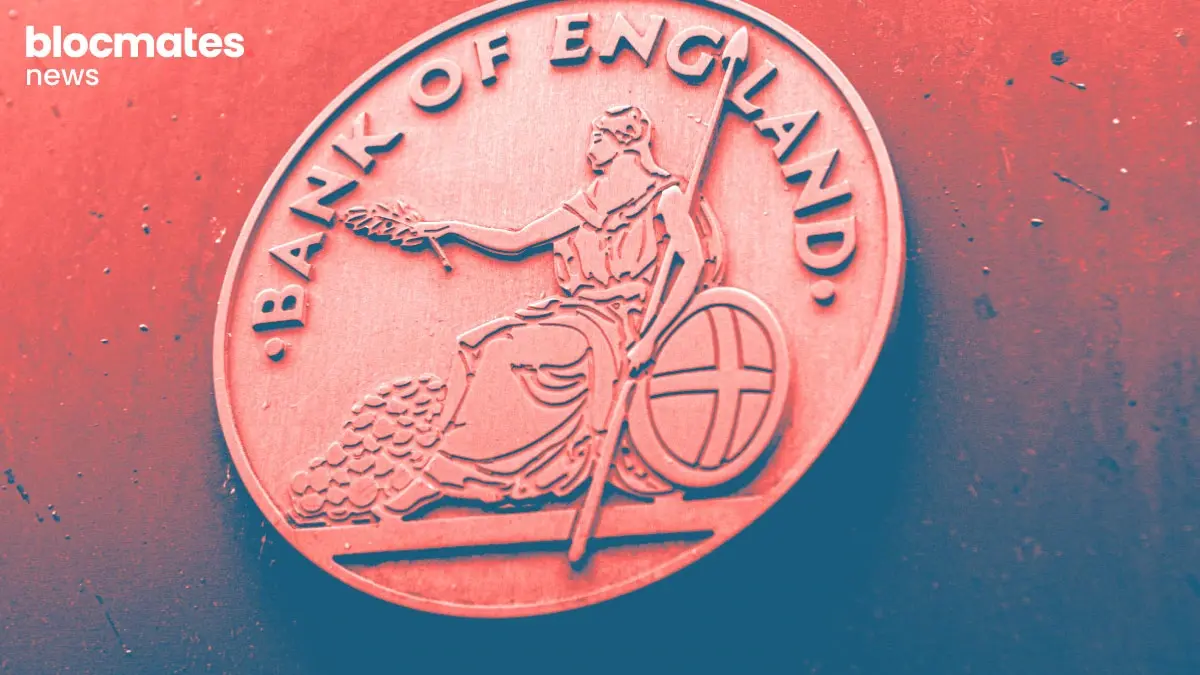
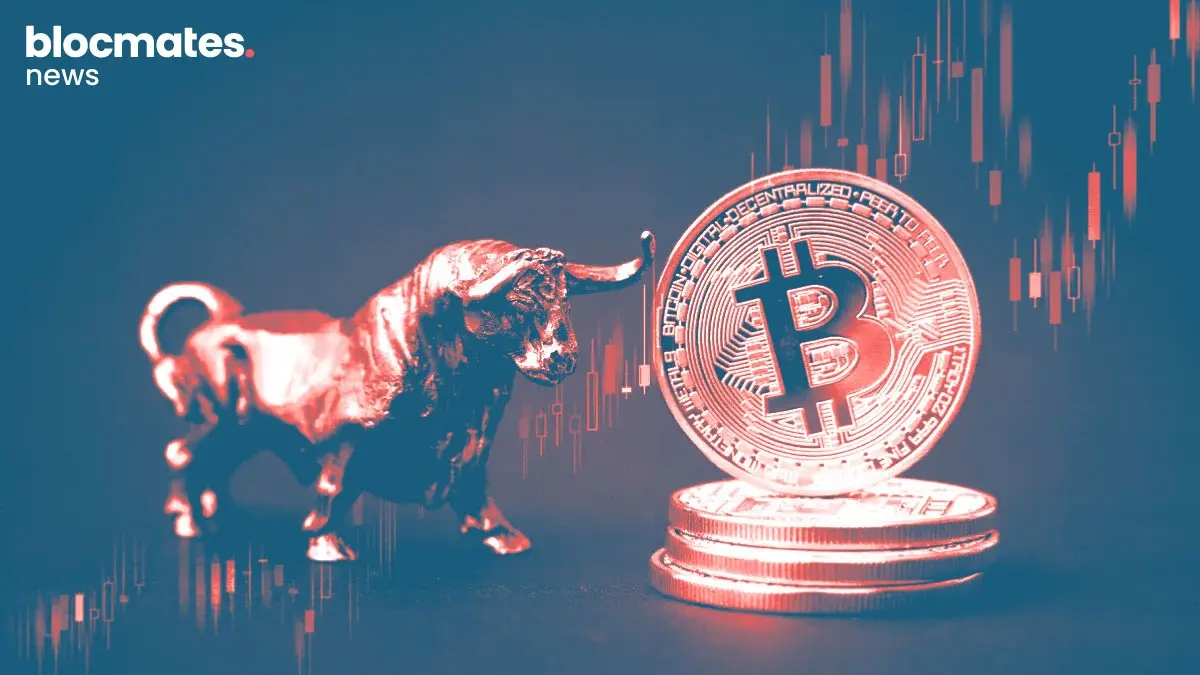

.webp)
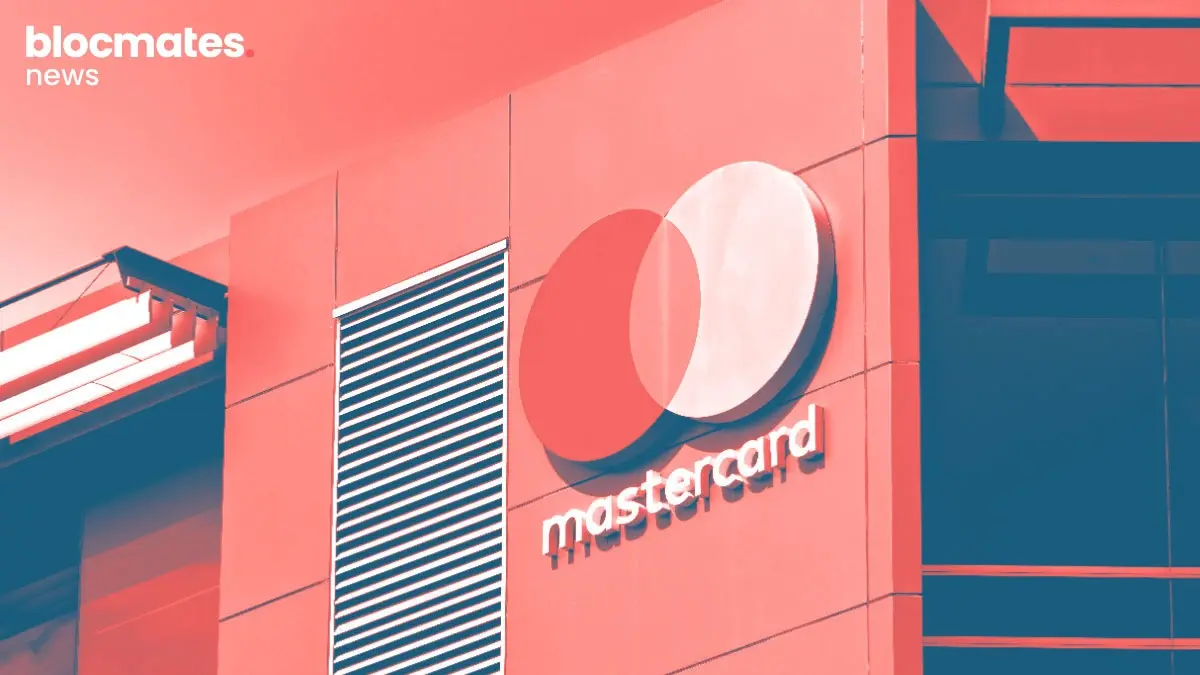


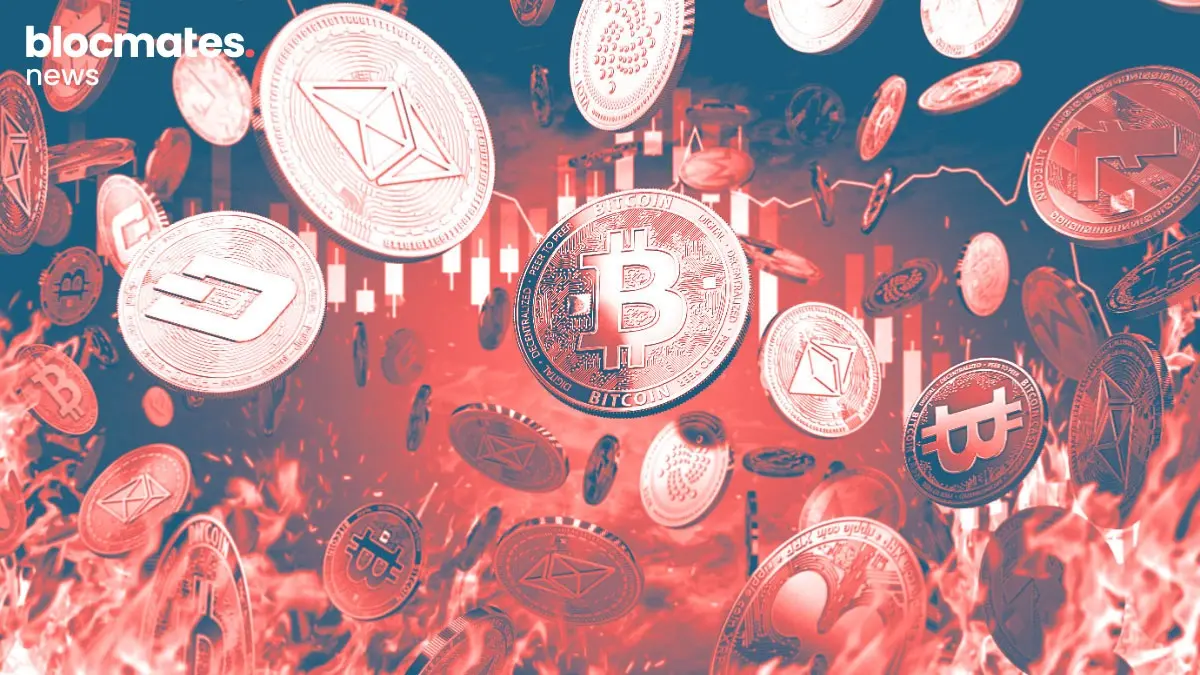

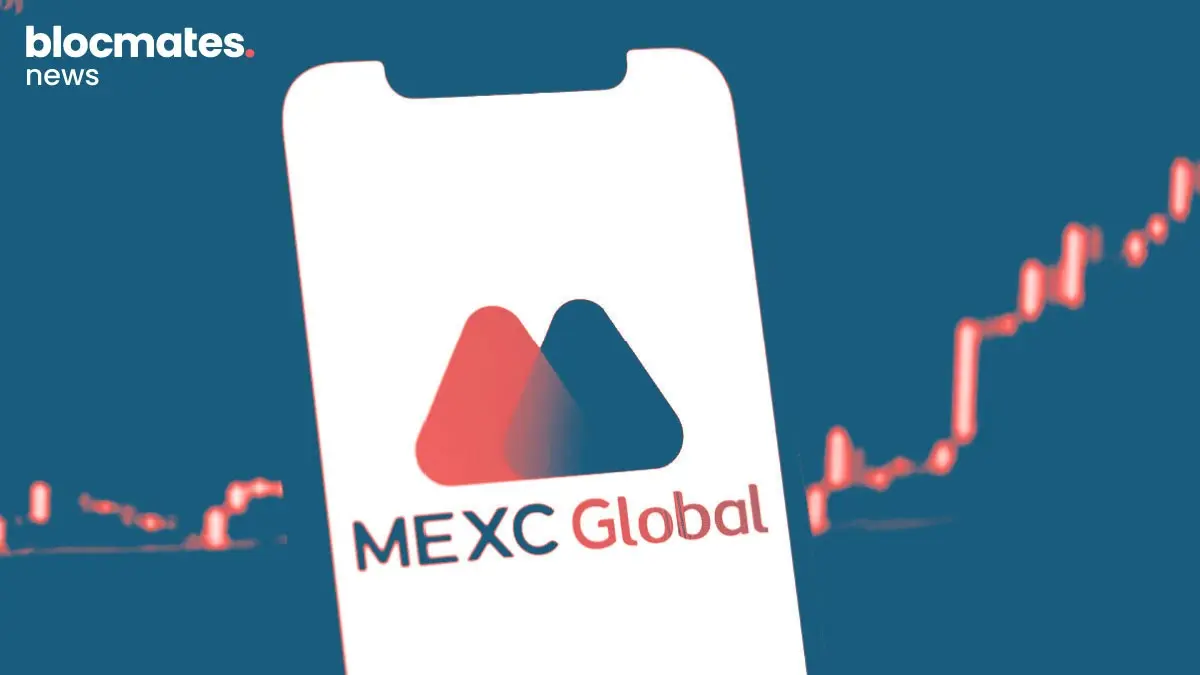

.webp)



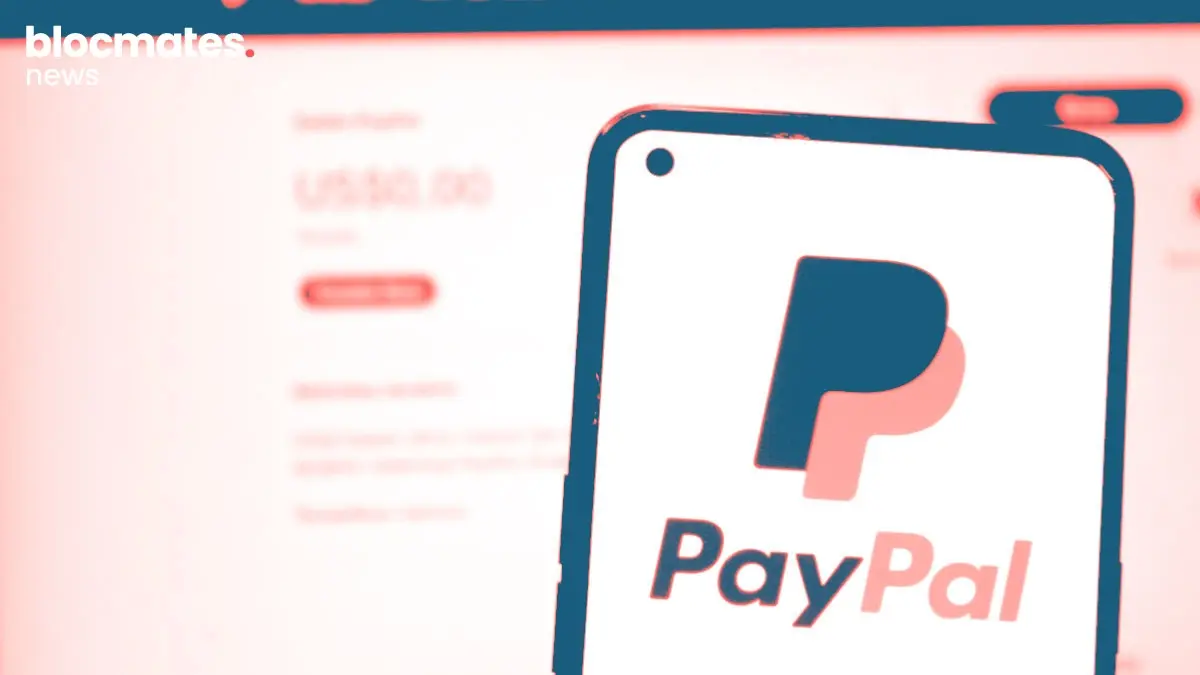

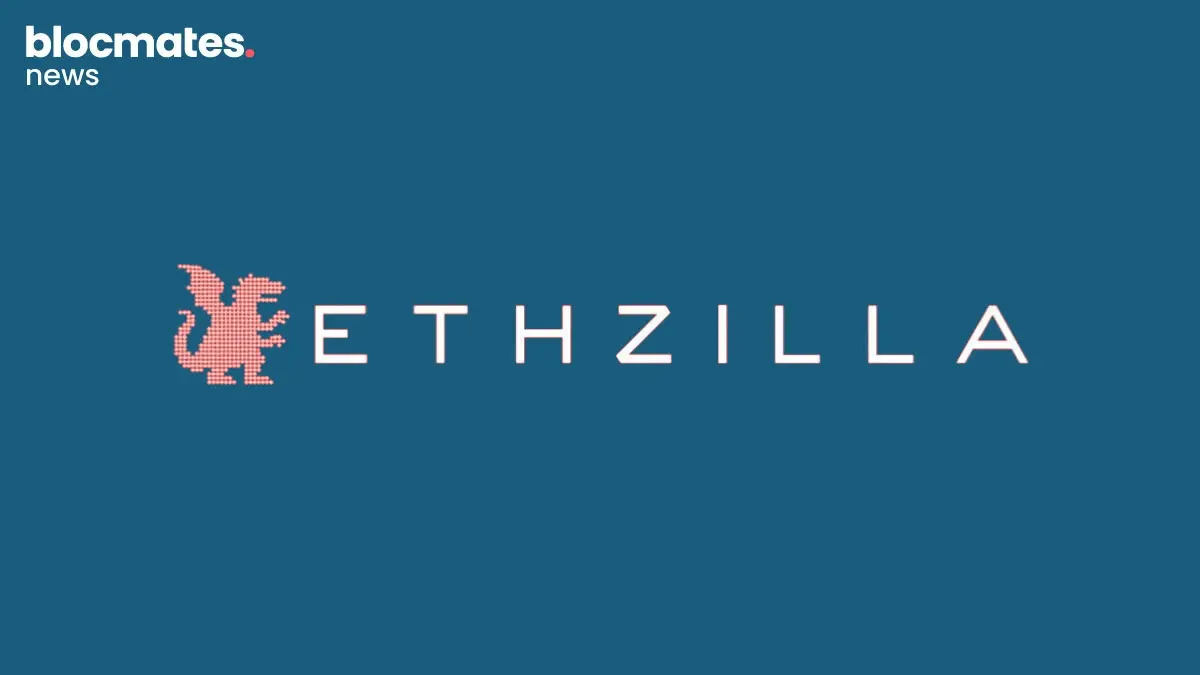
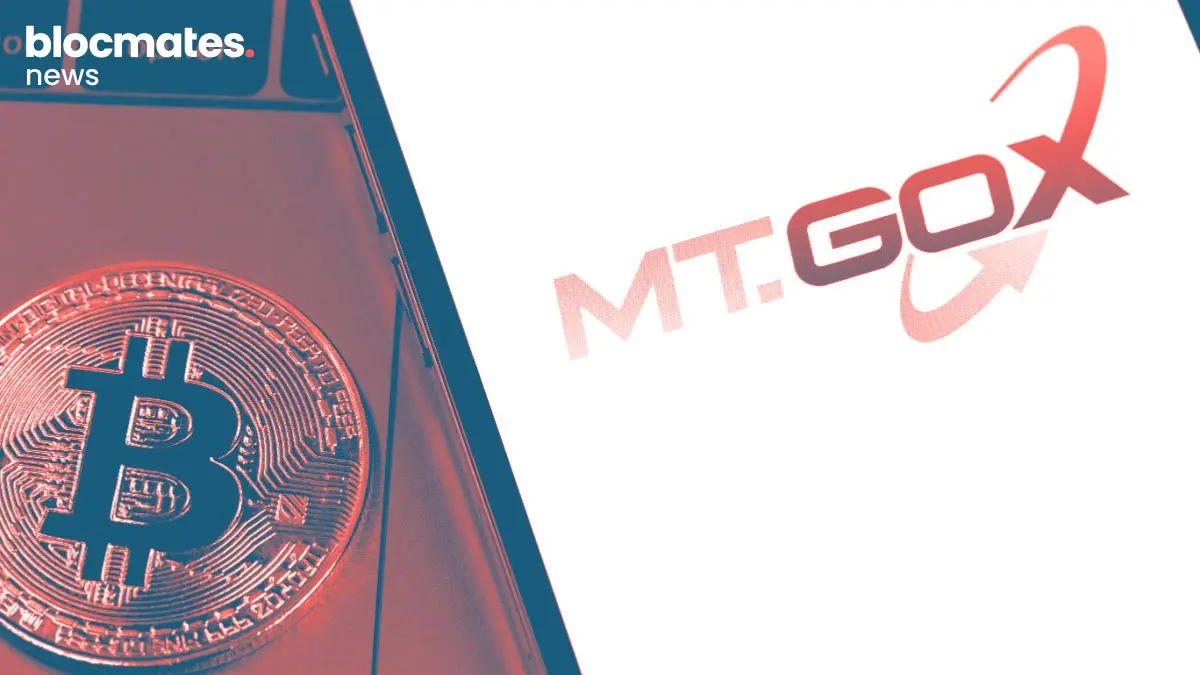
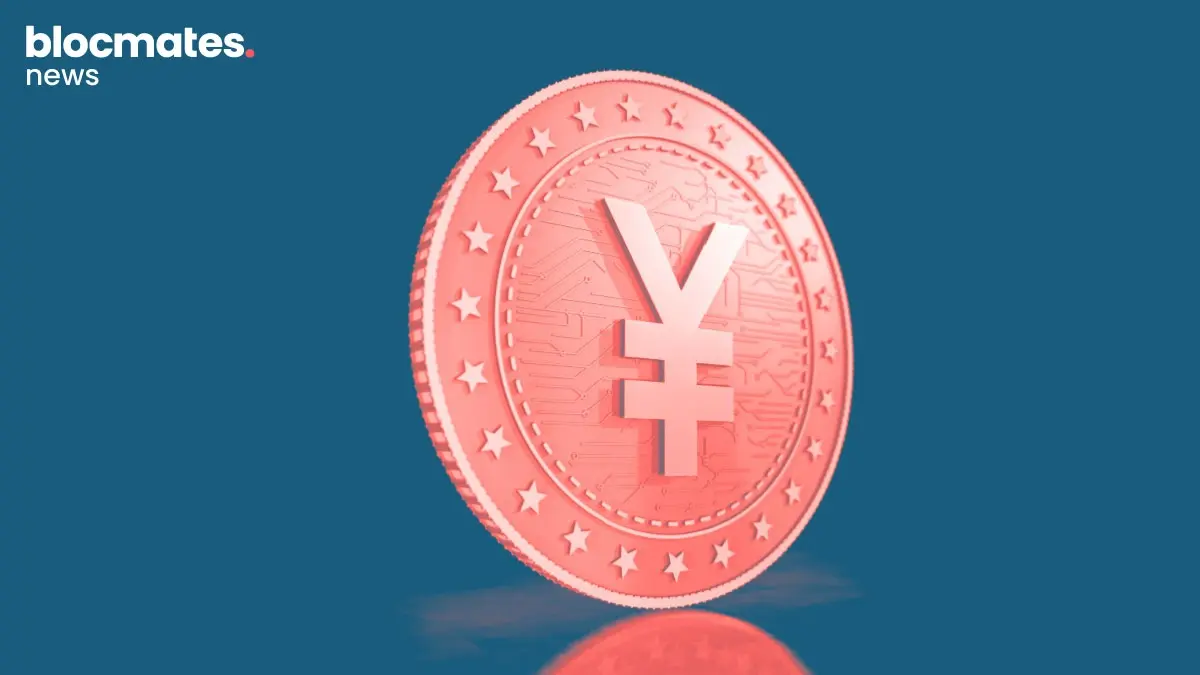
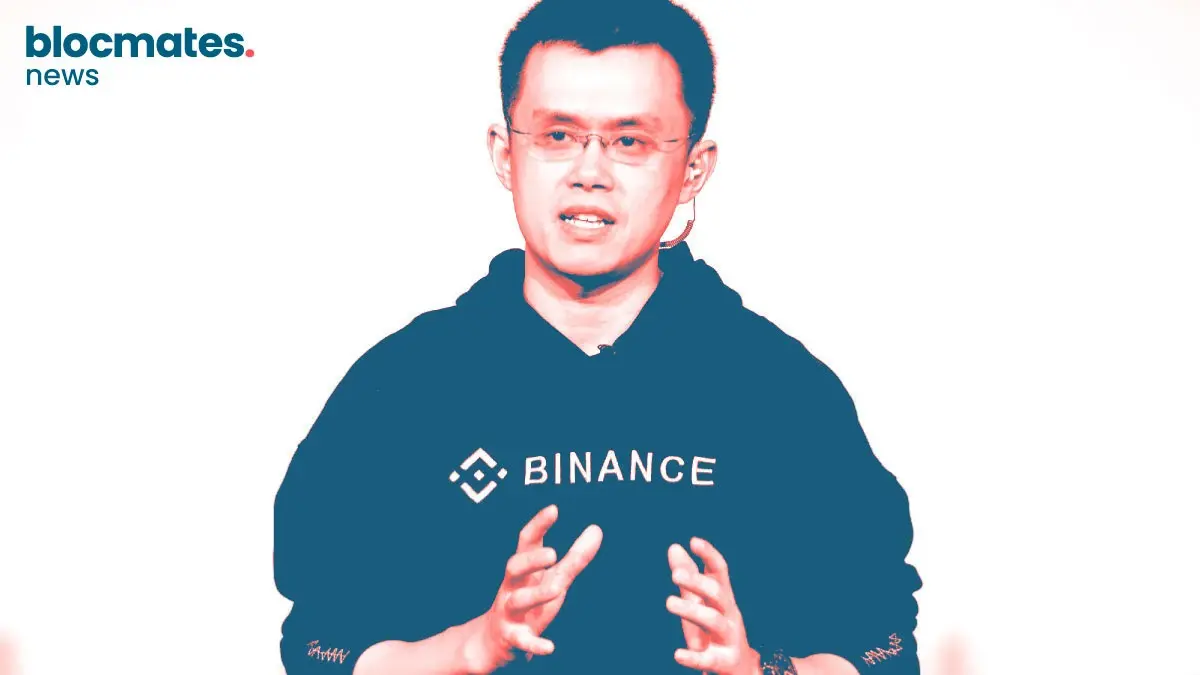


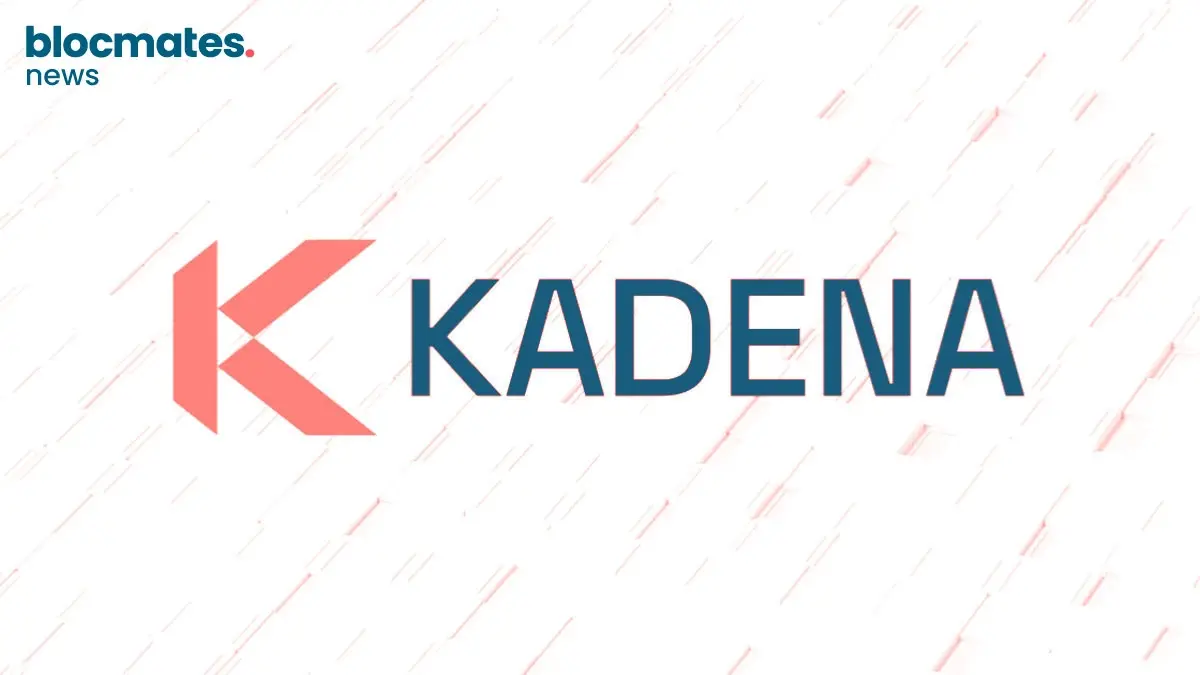

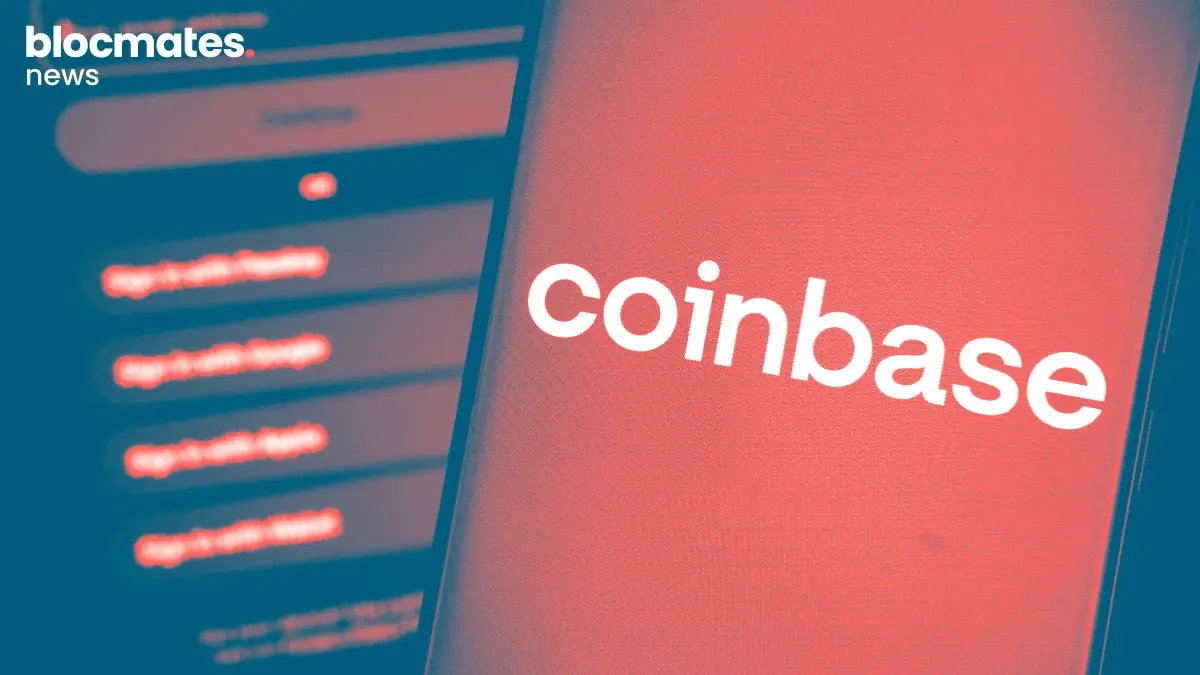
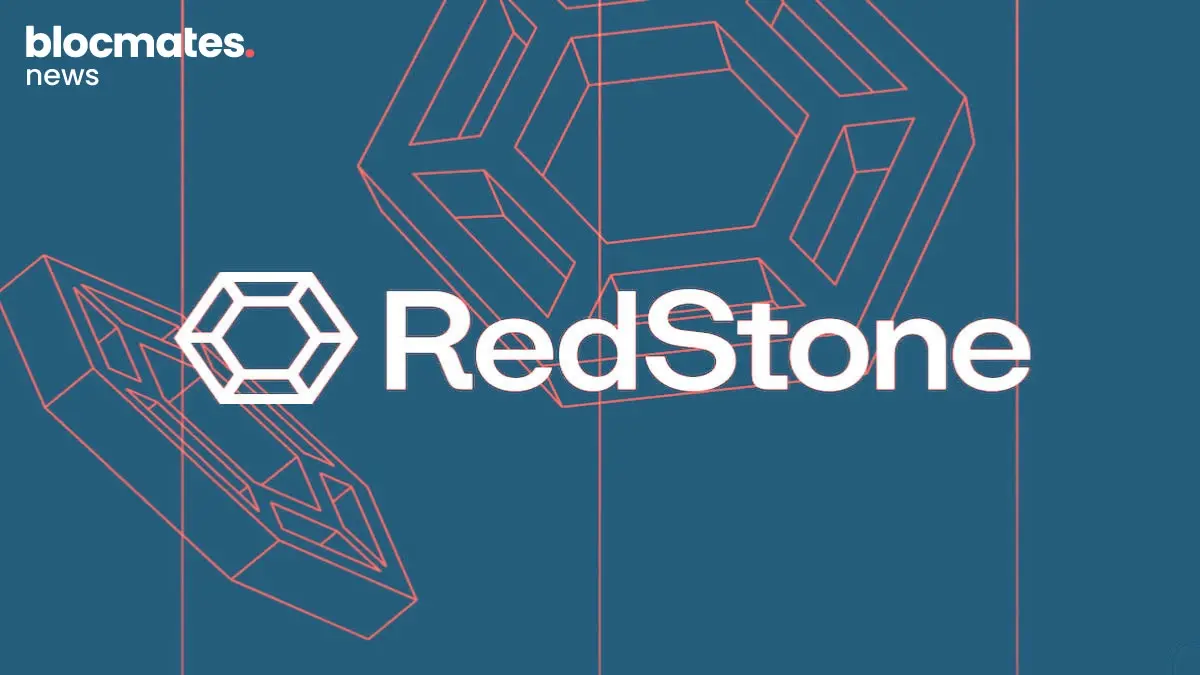
.webp)
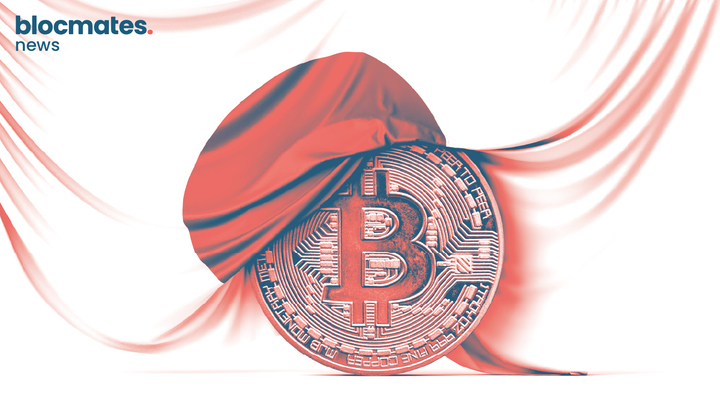
.webp)
.webp)

.webp)


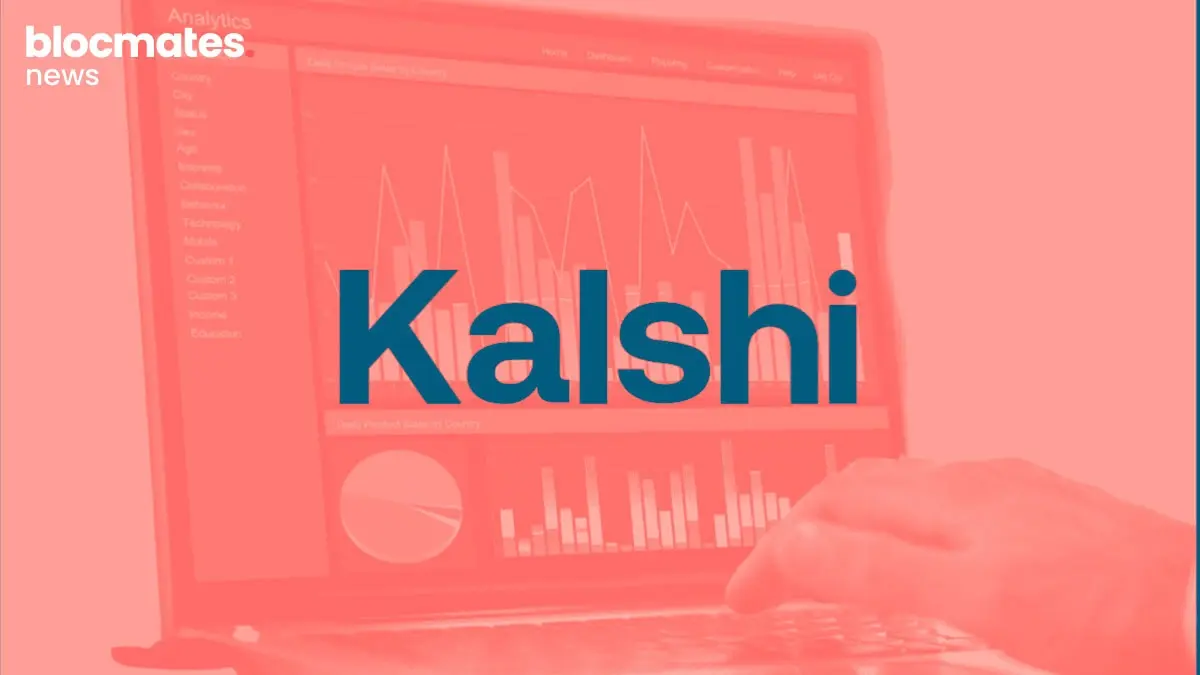




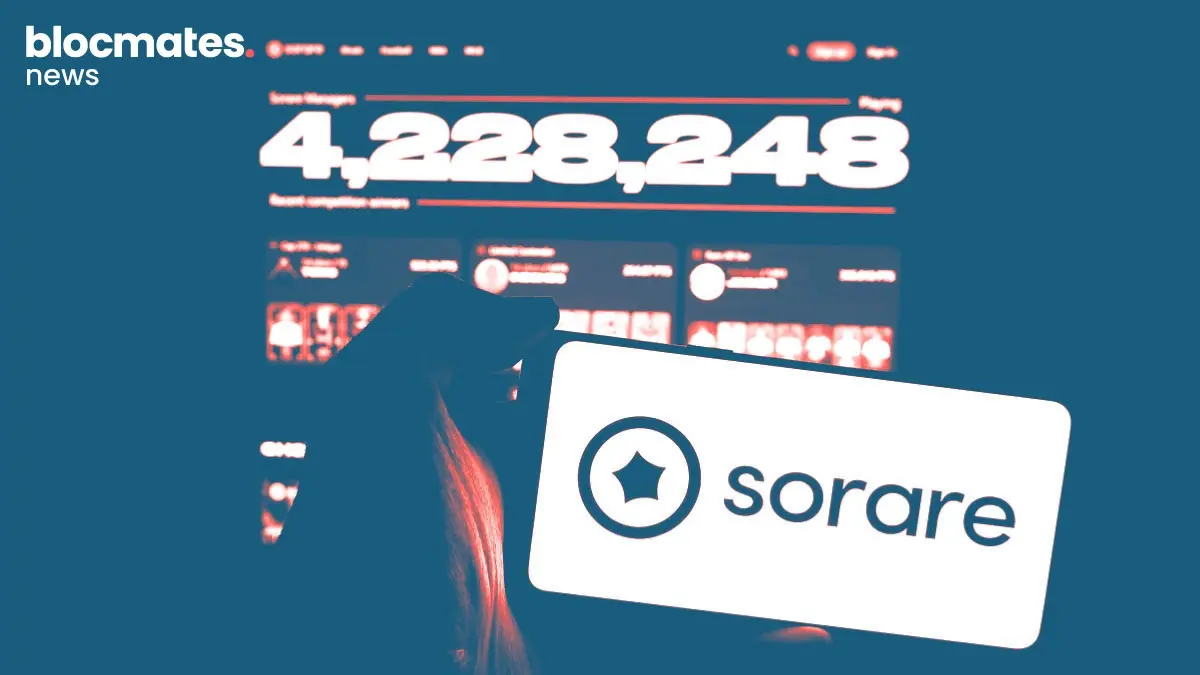




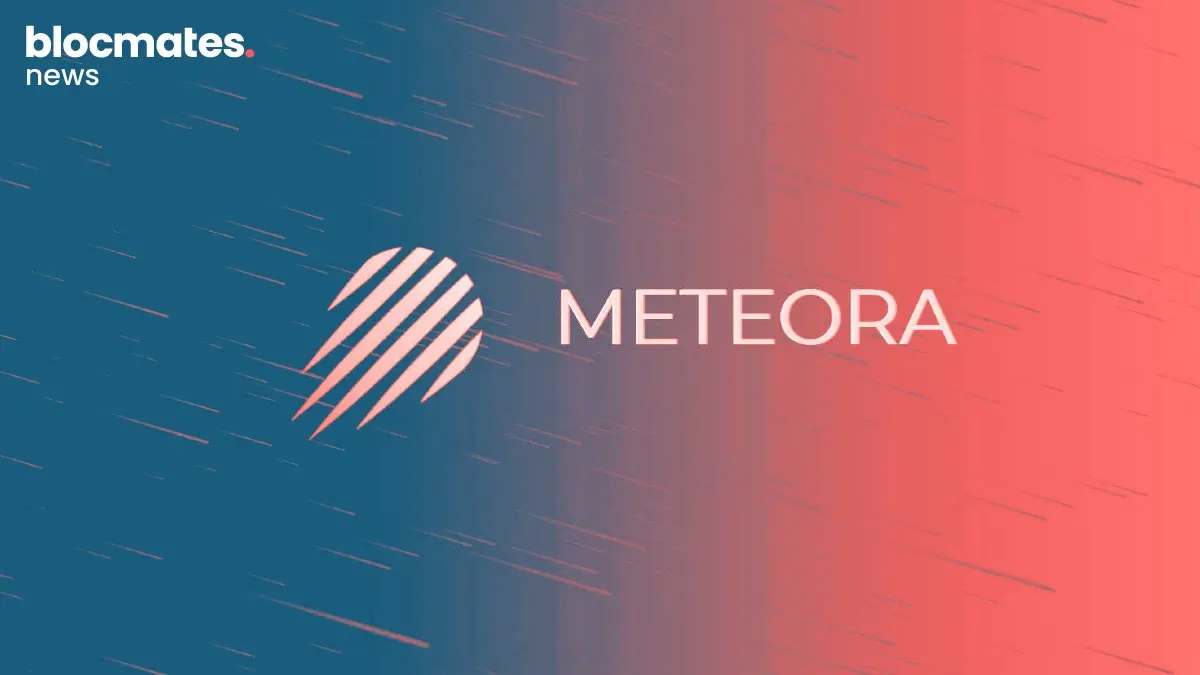
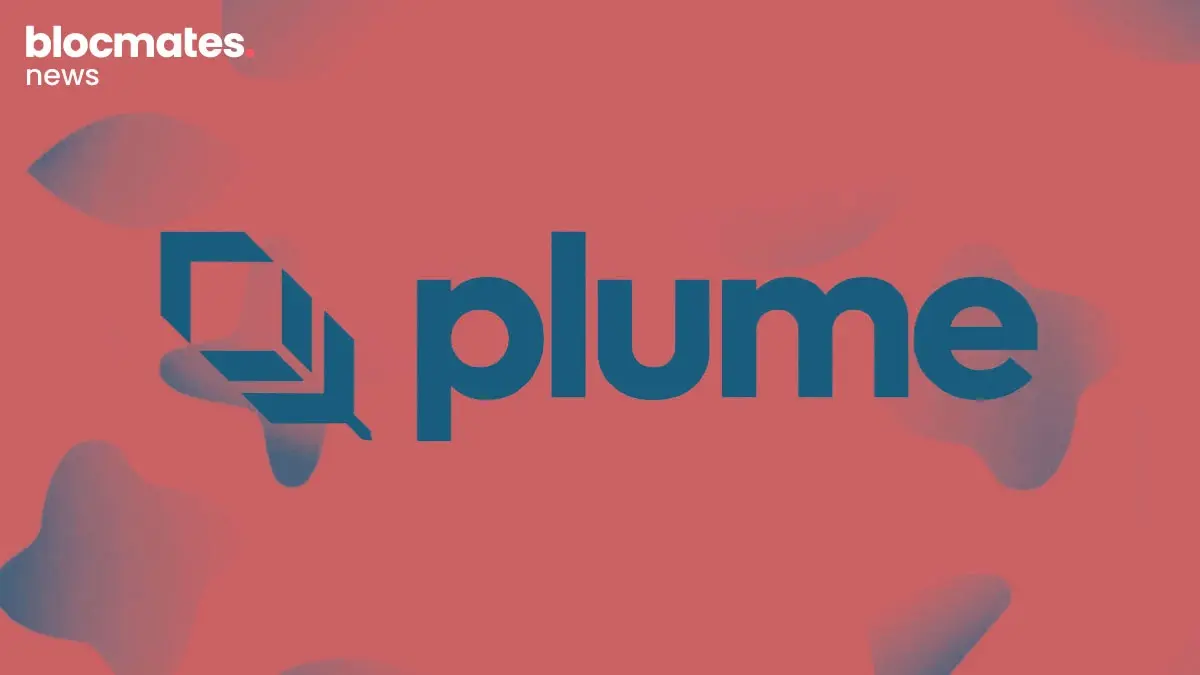

.webp)

.webp)

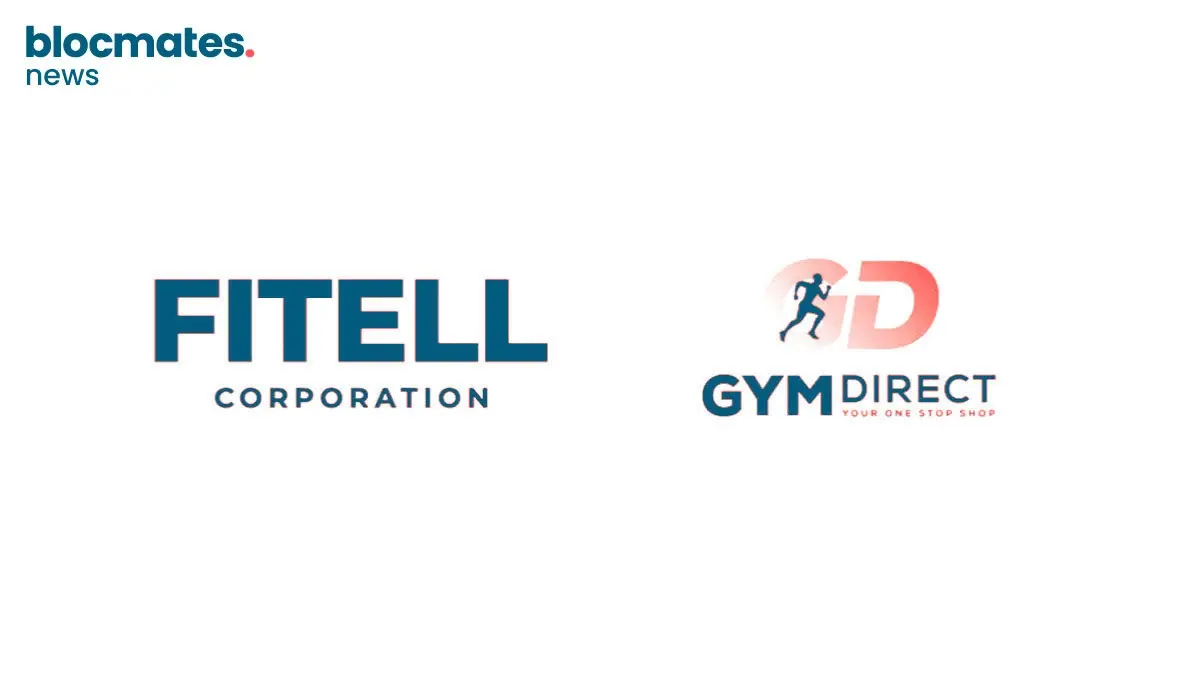
.webp)



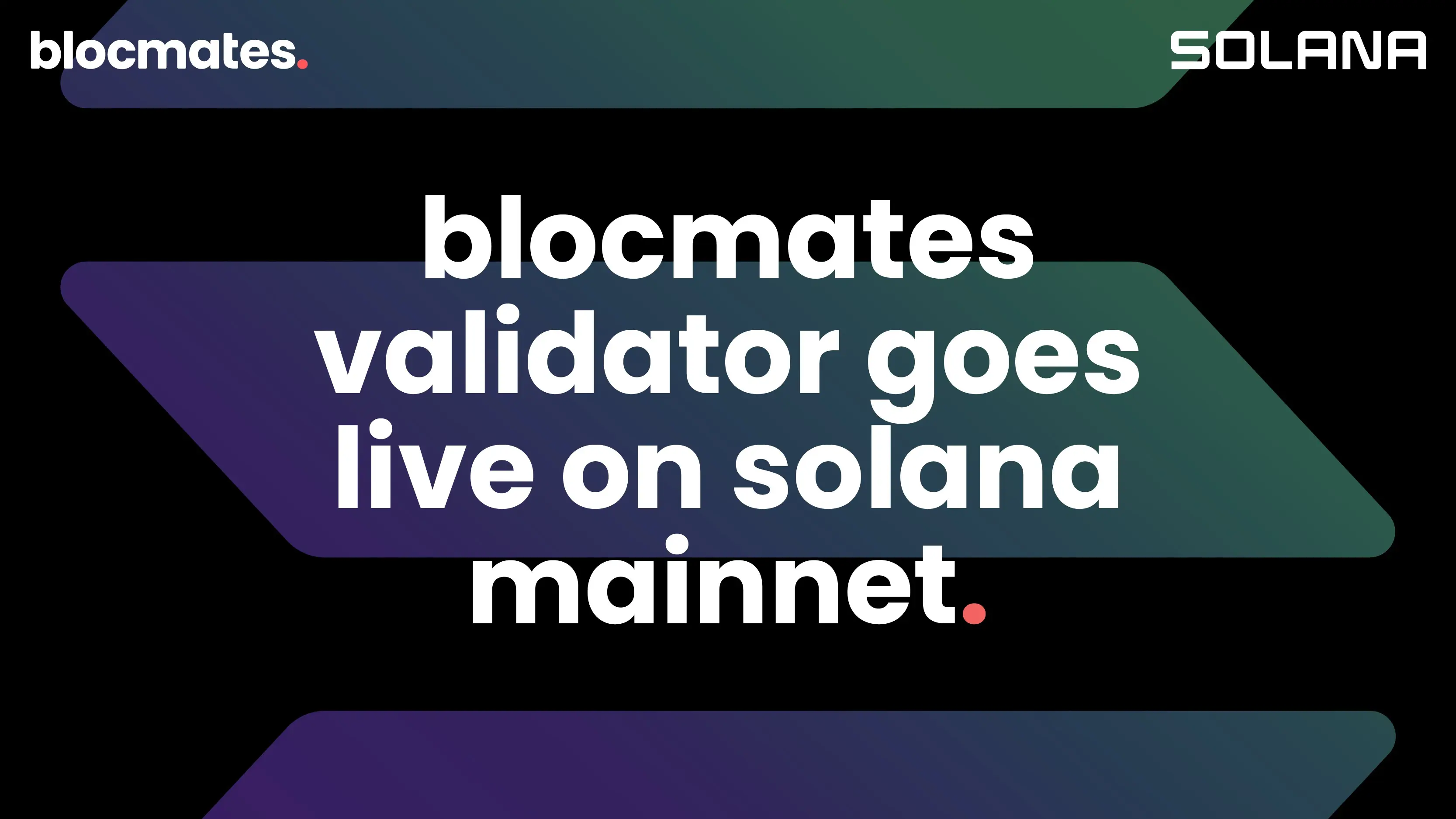

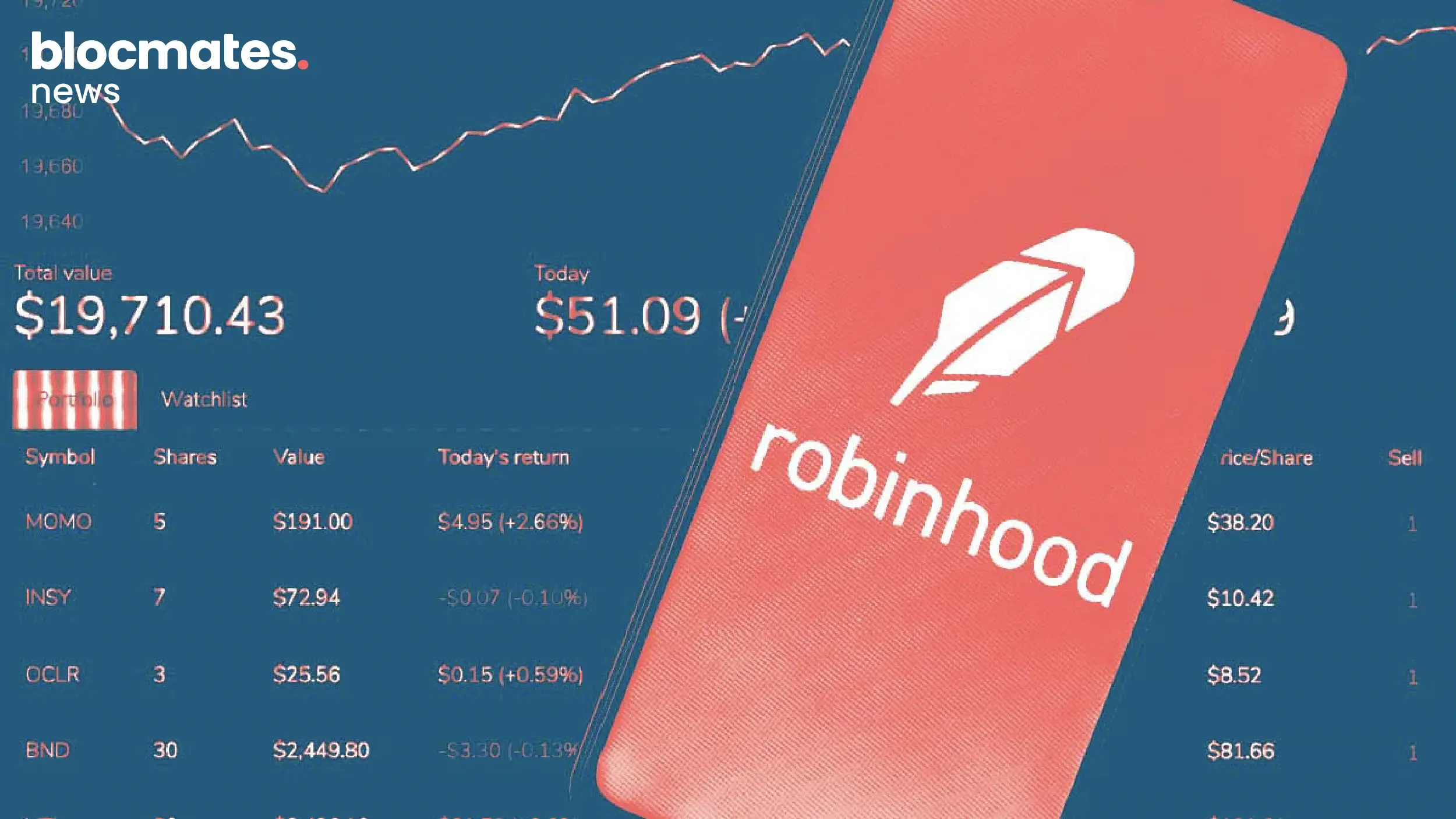


.webp)
